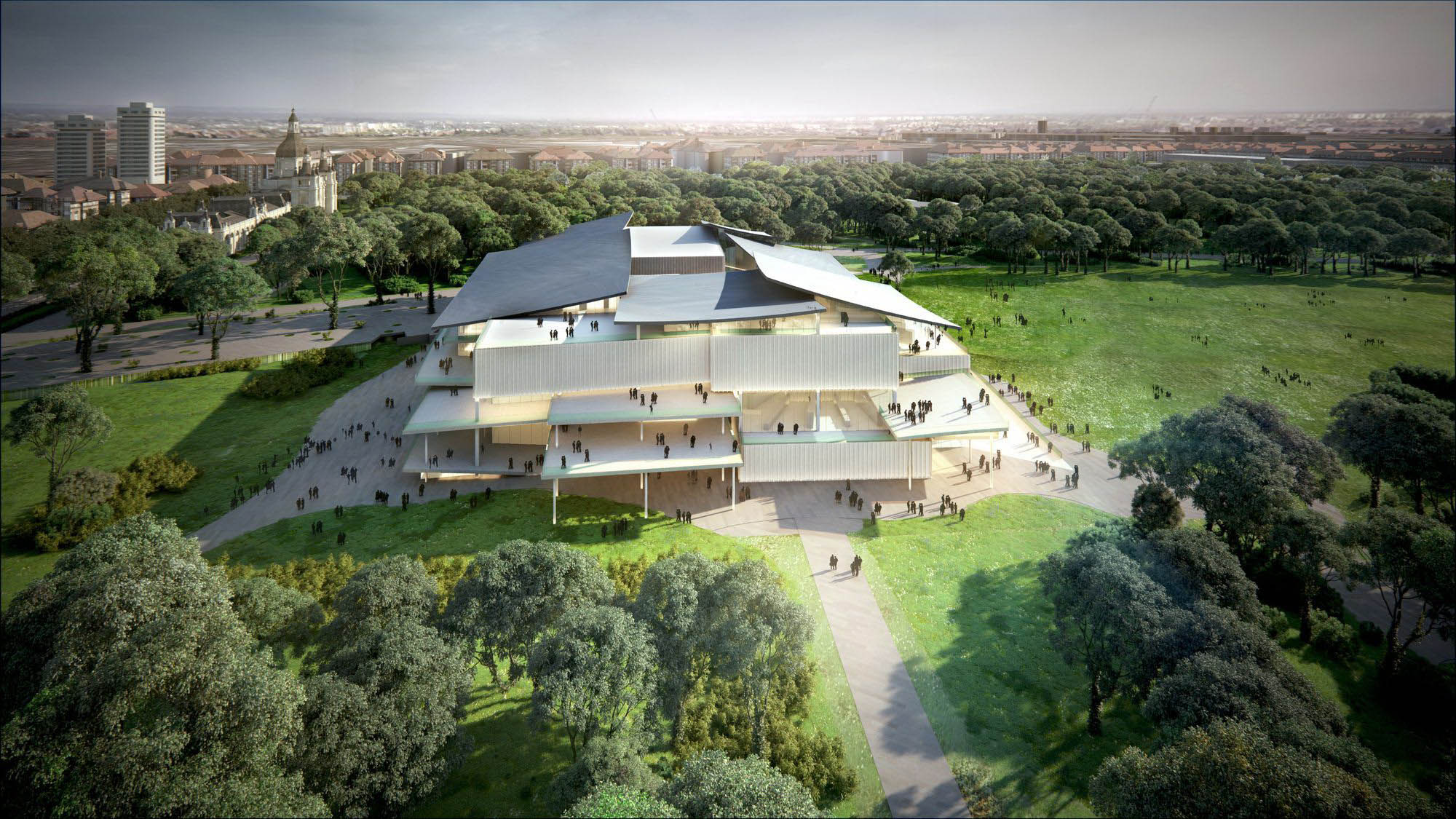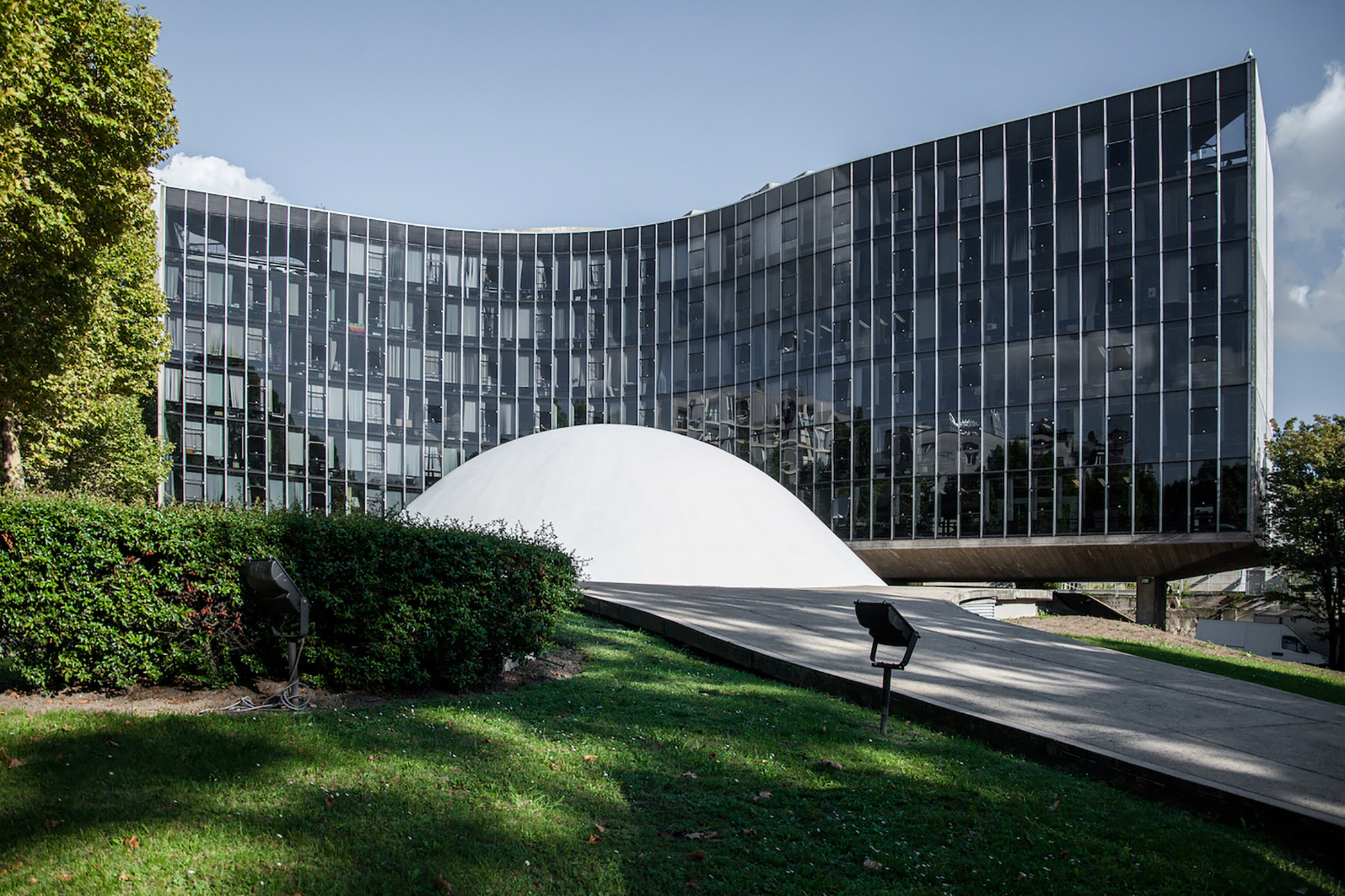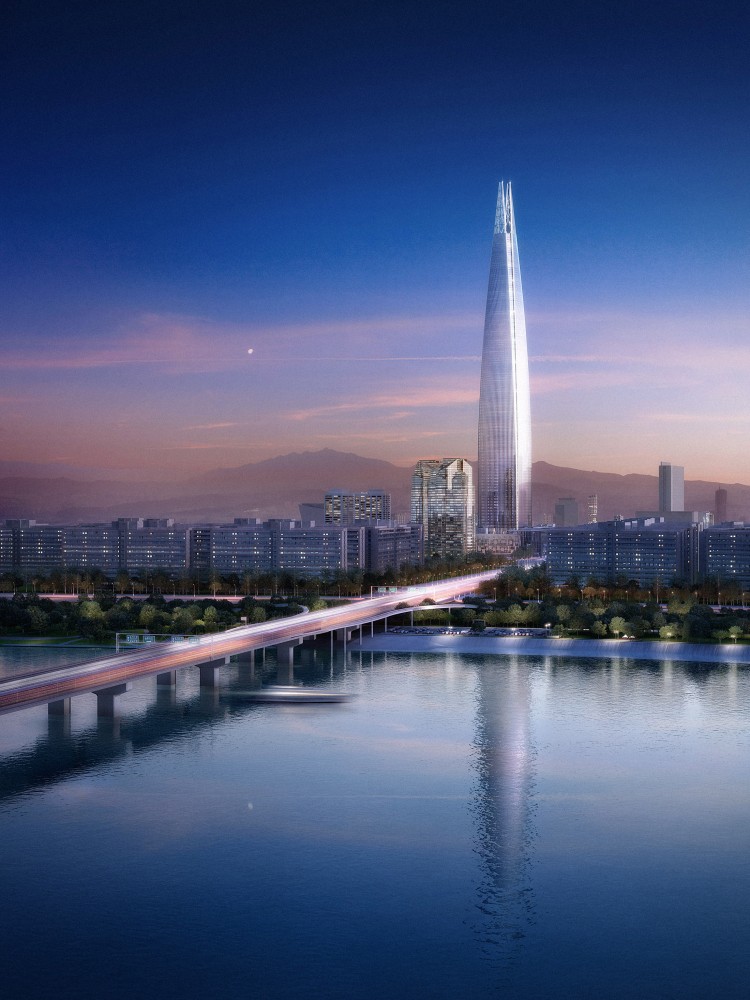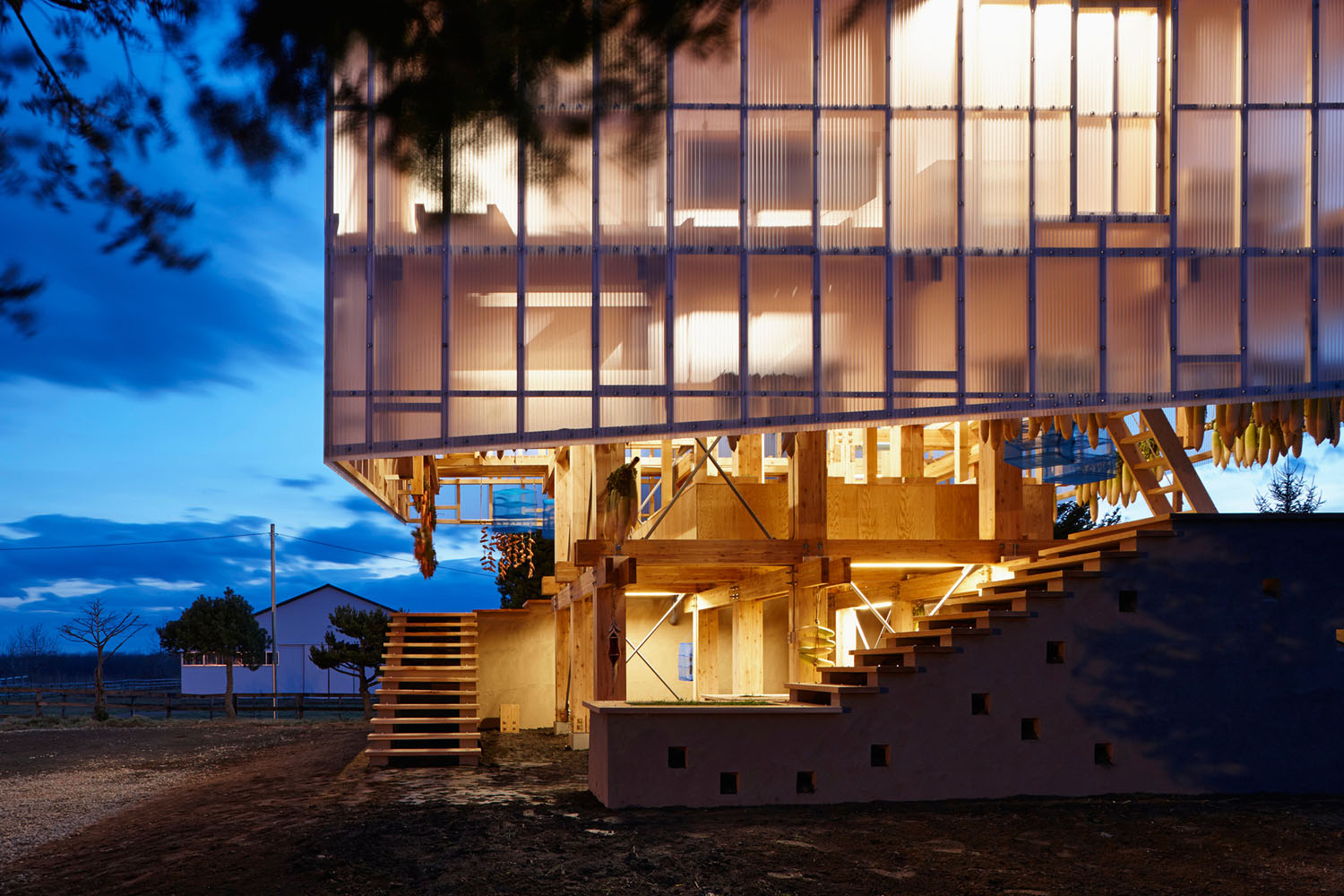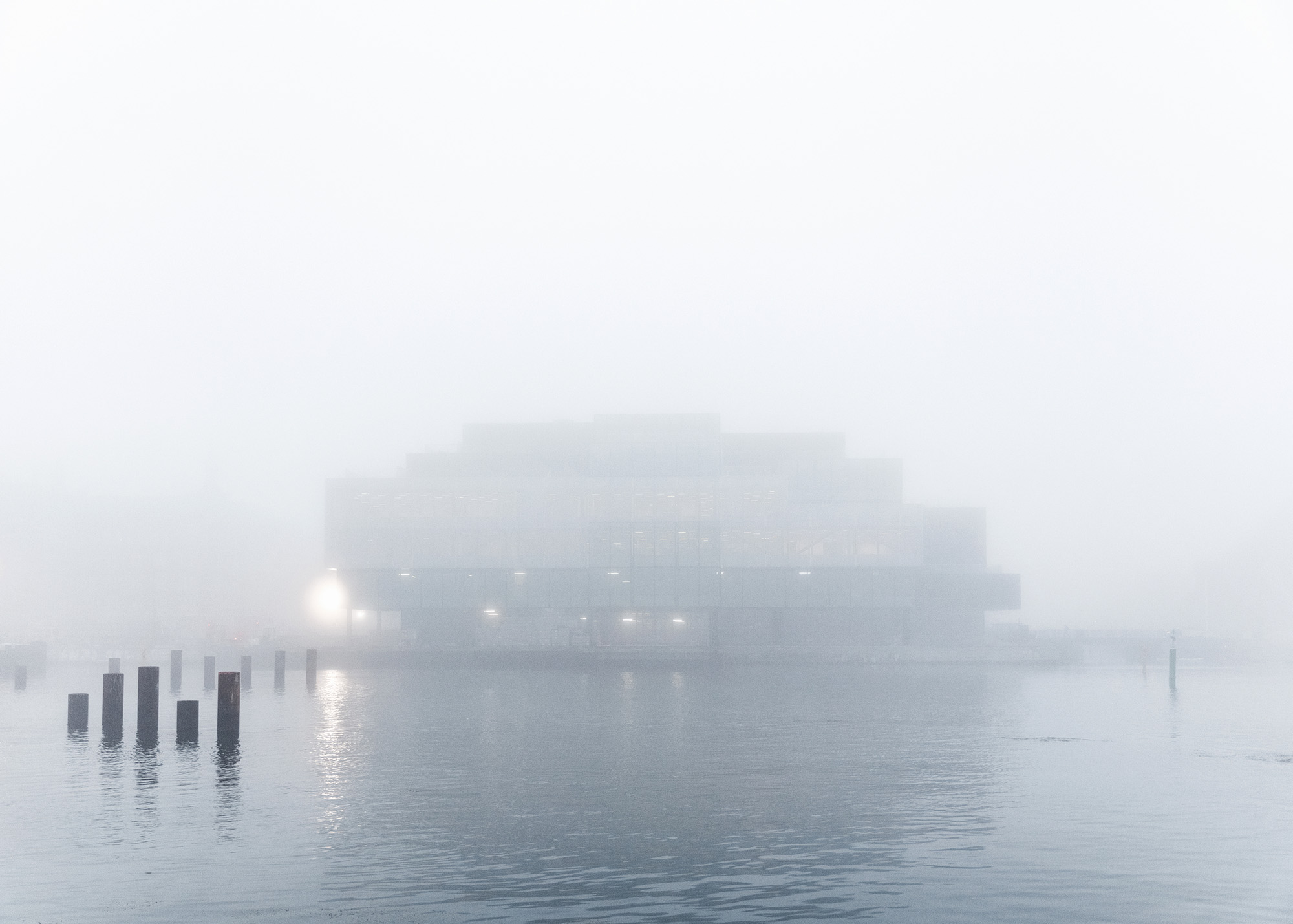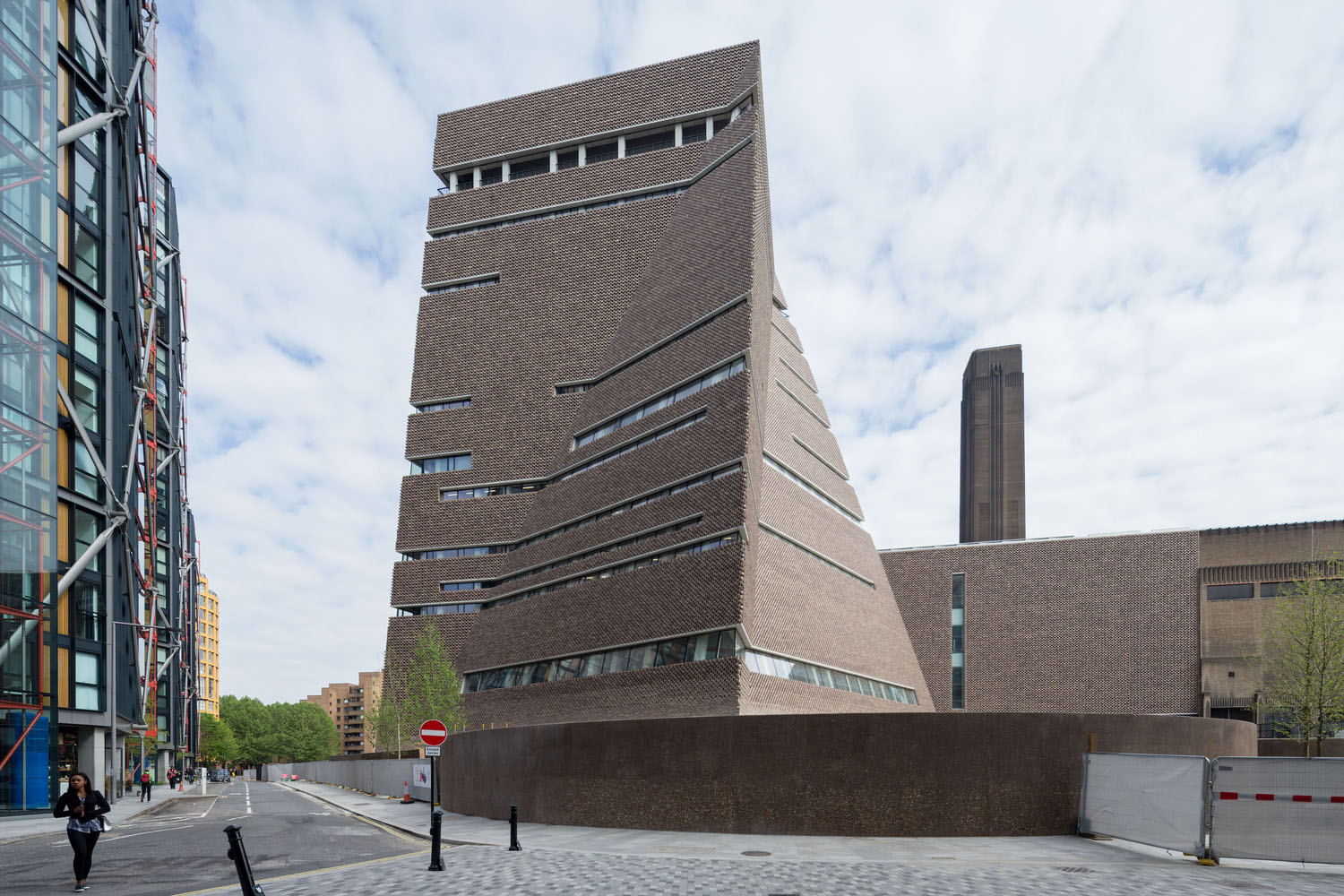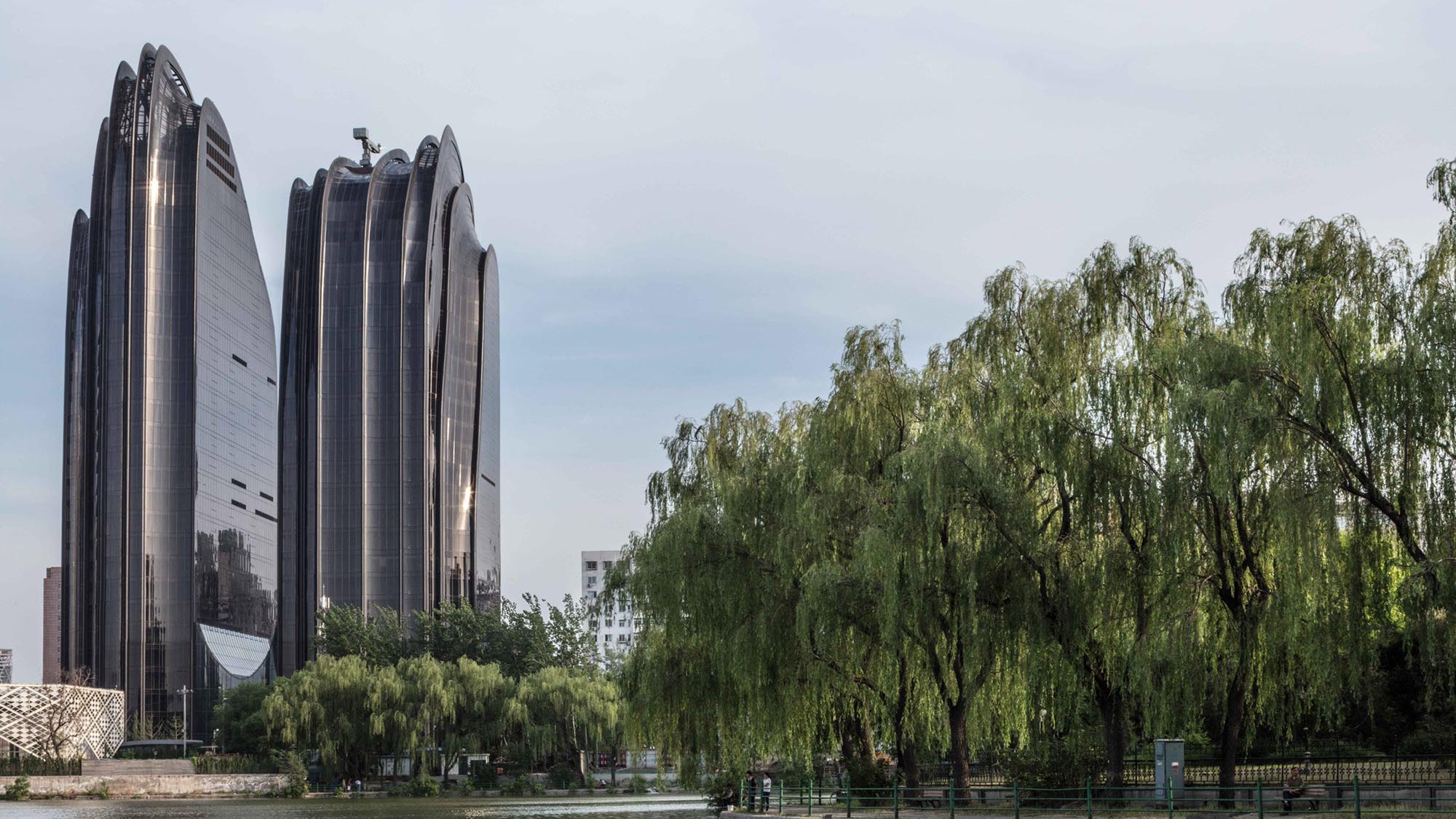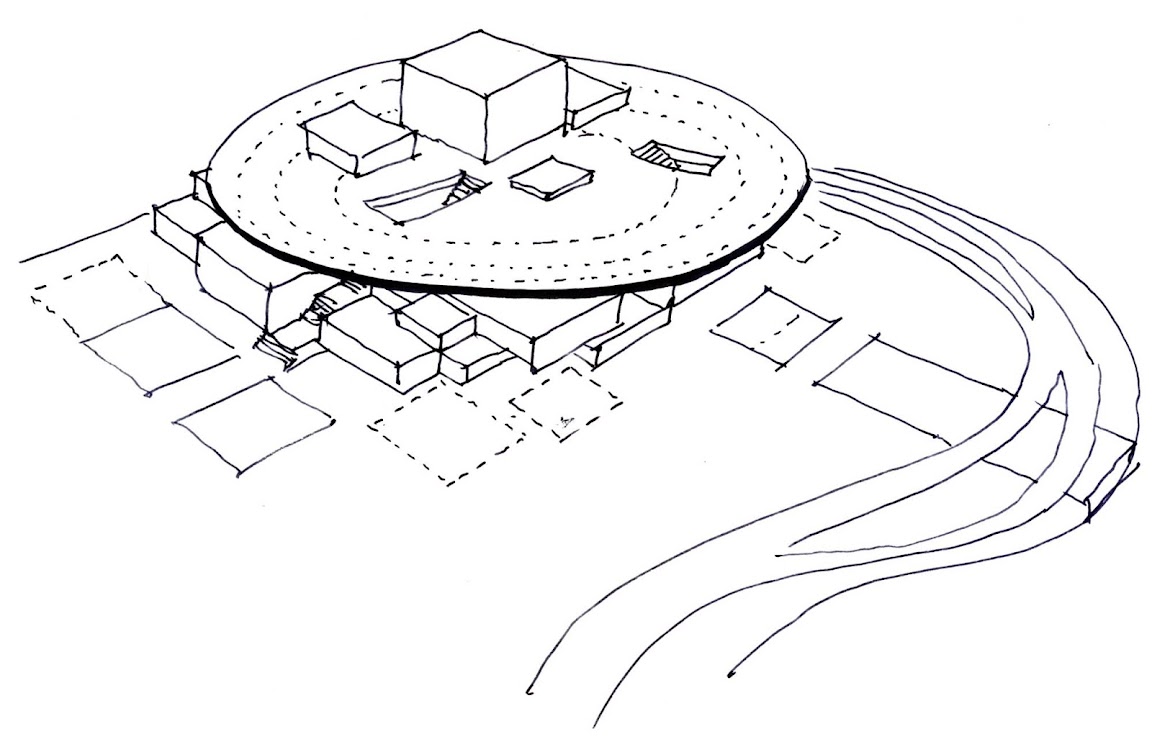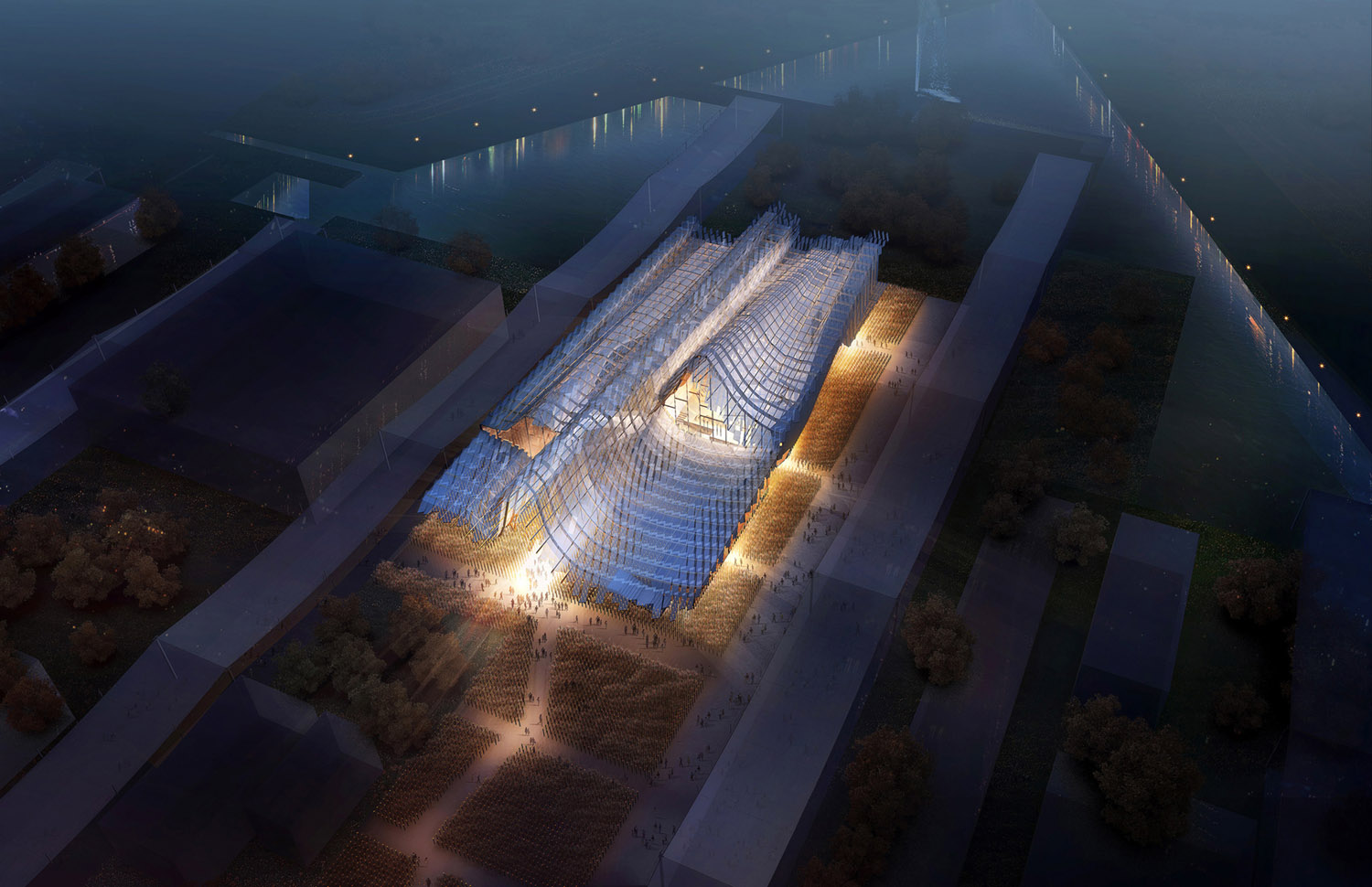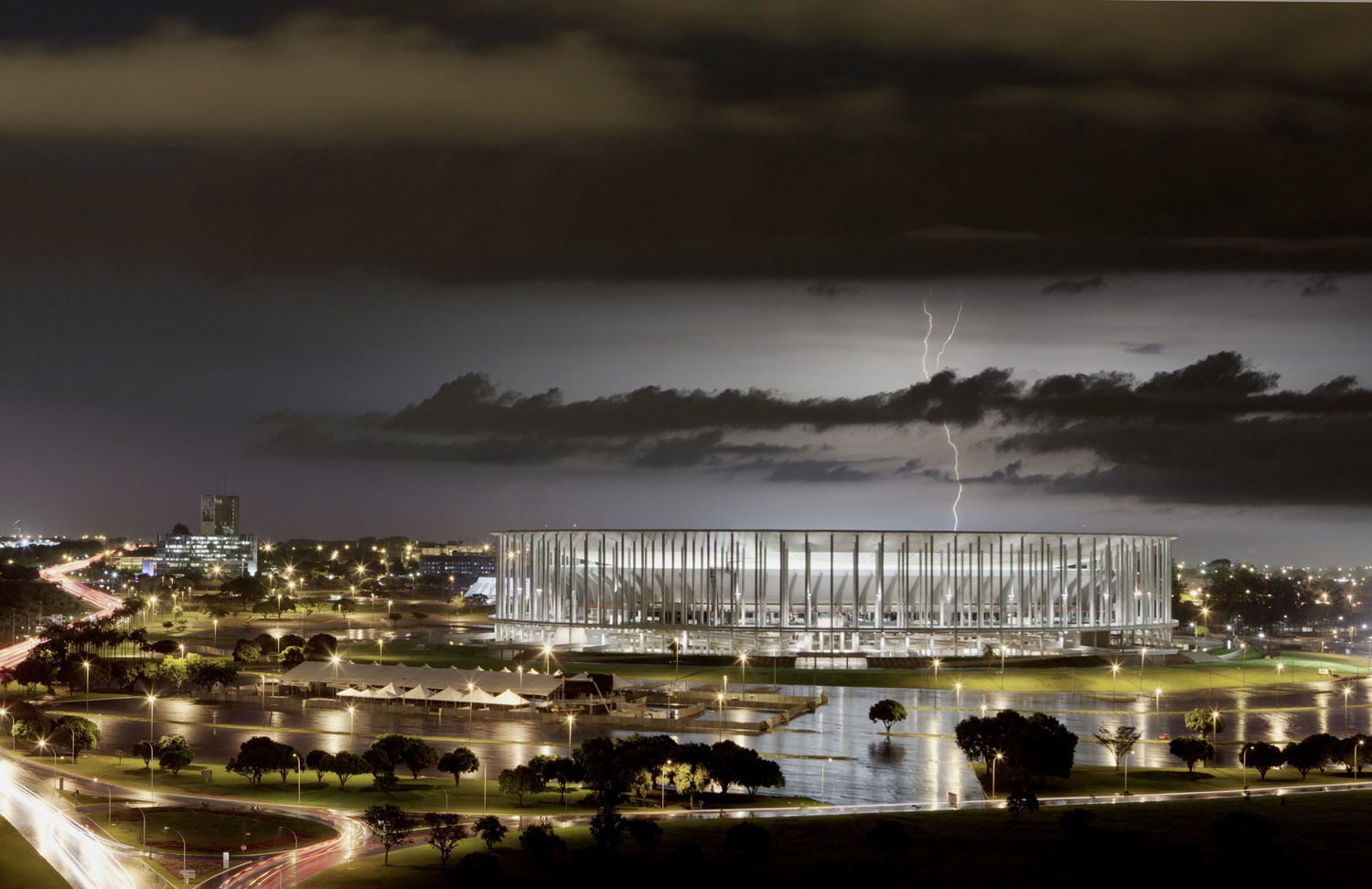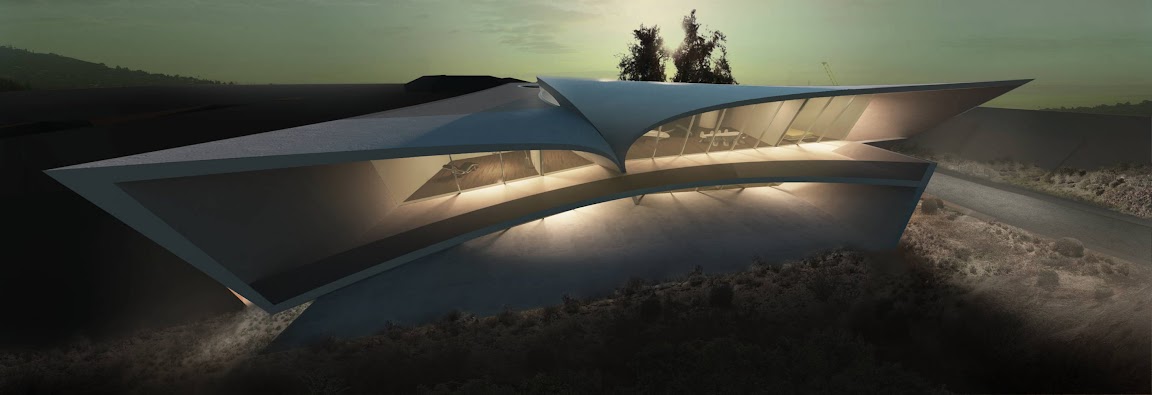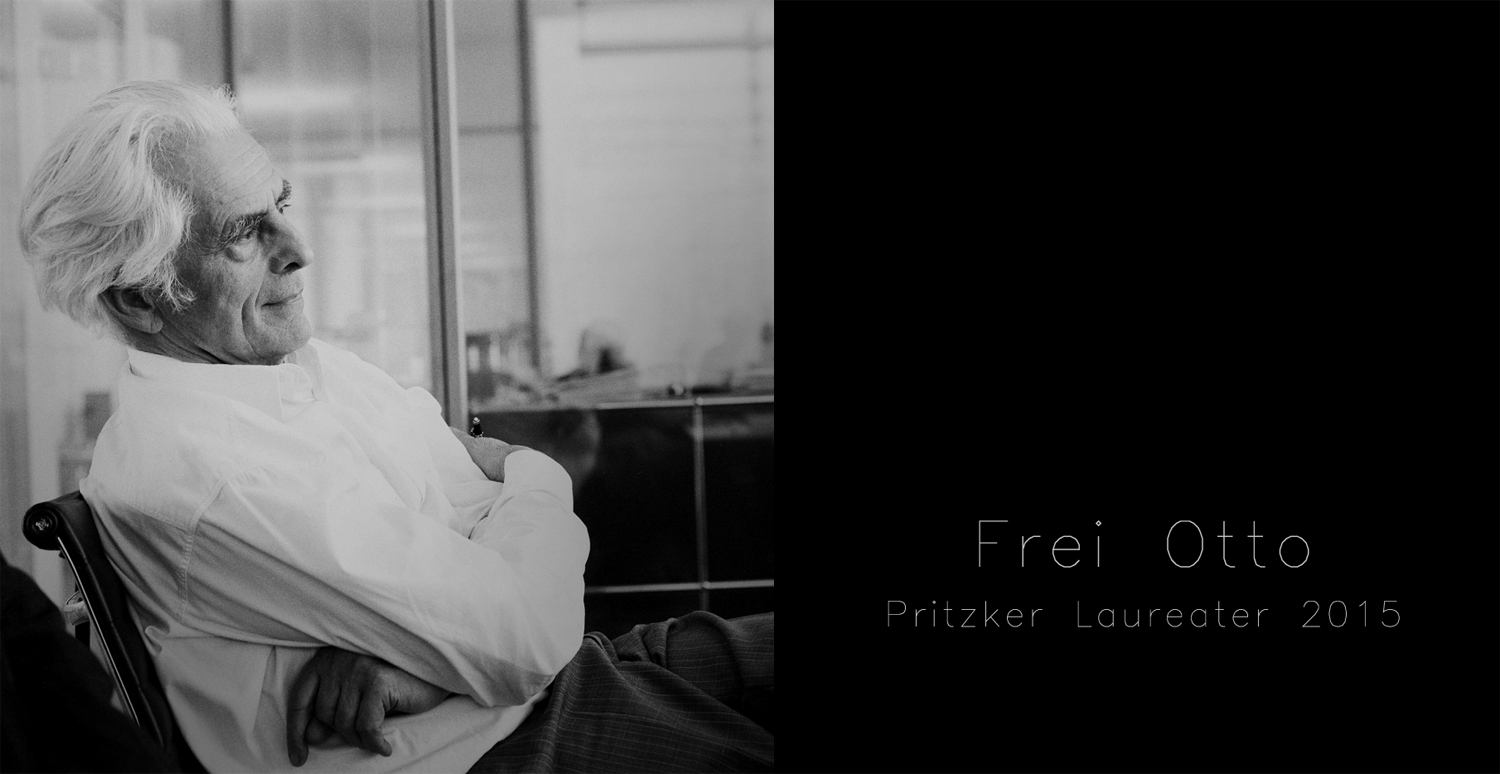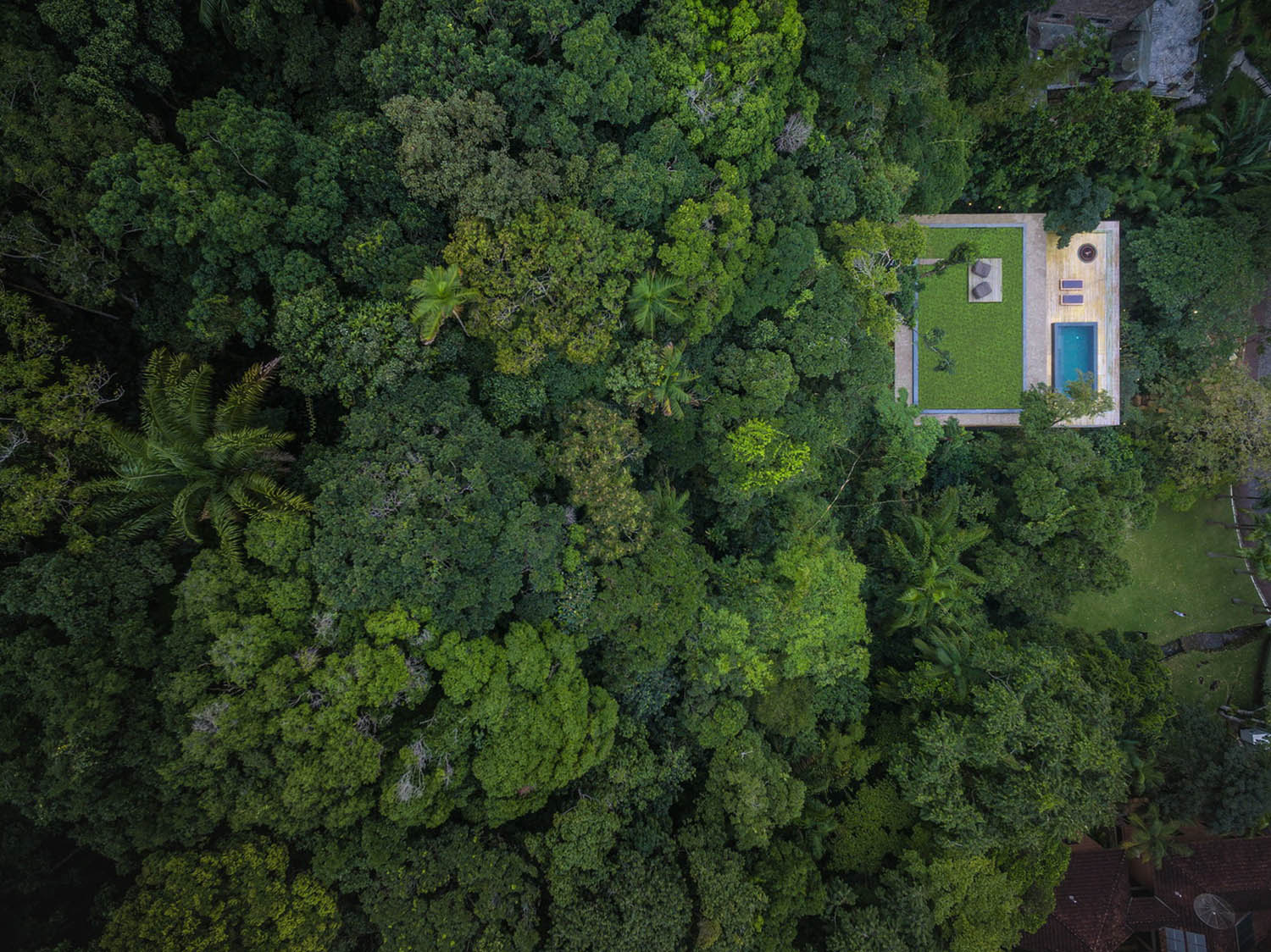
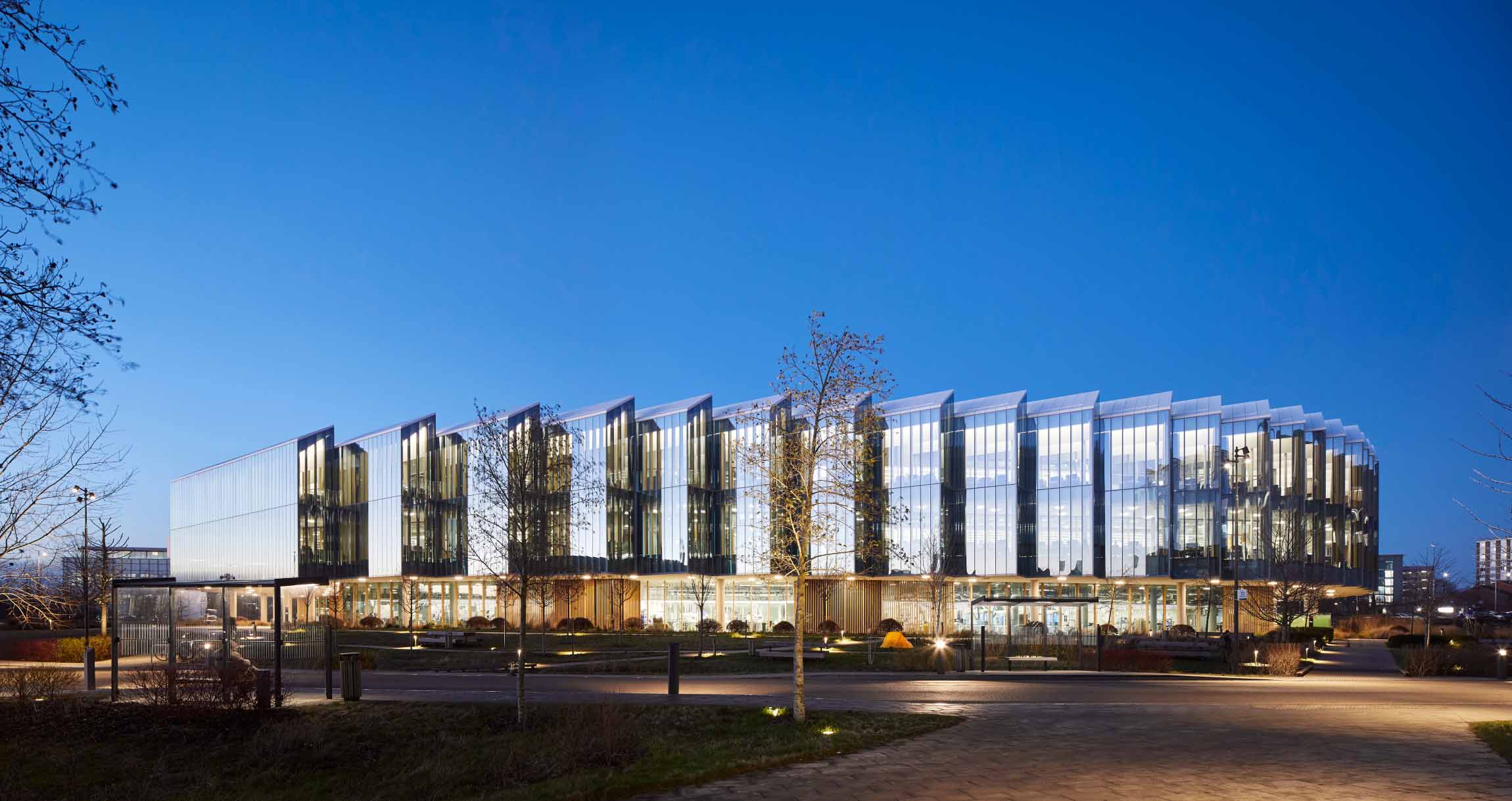
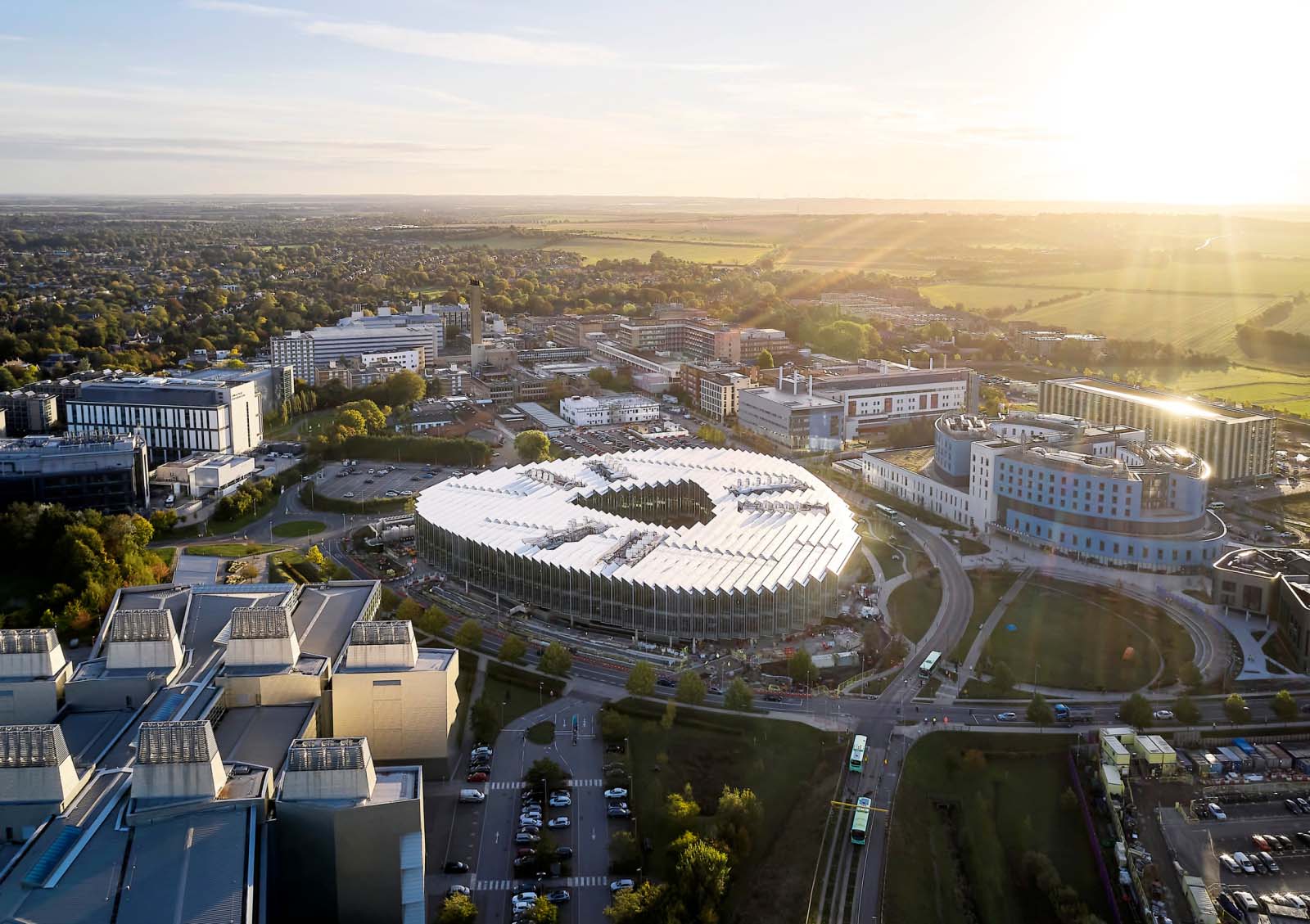

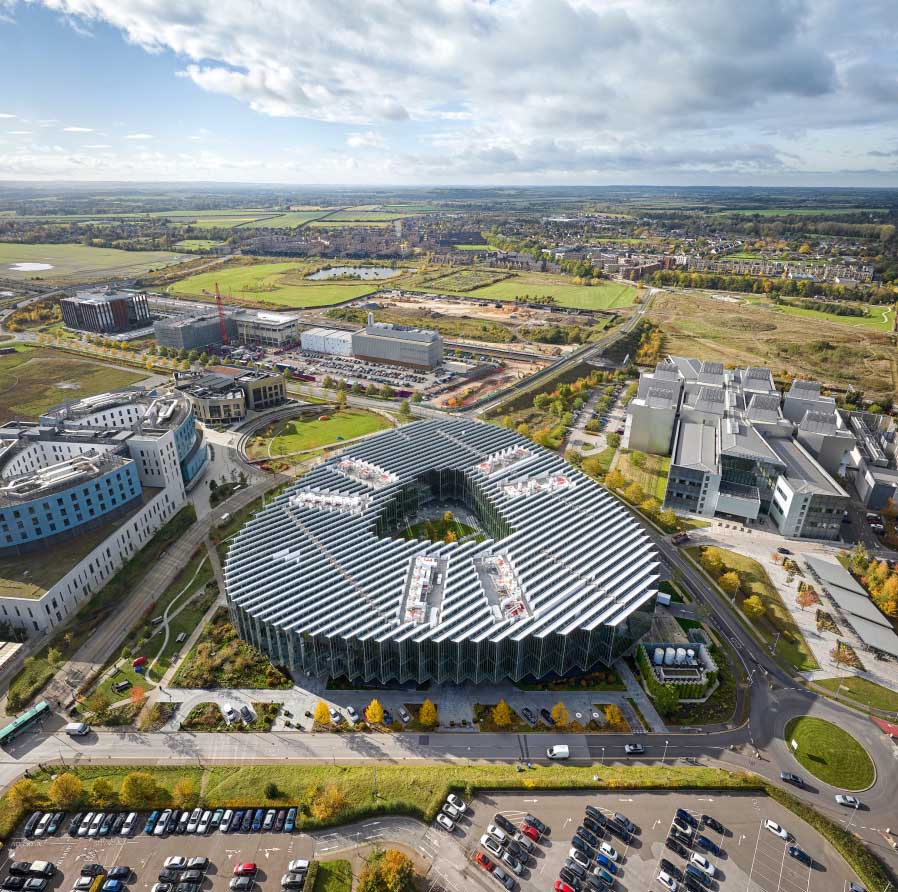
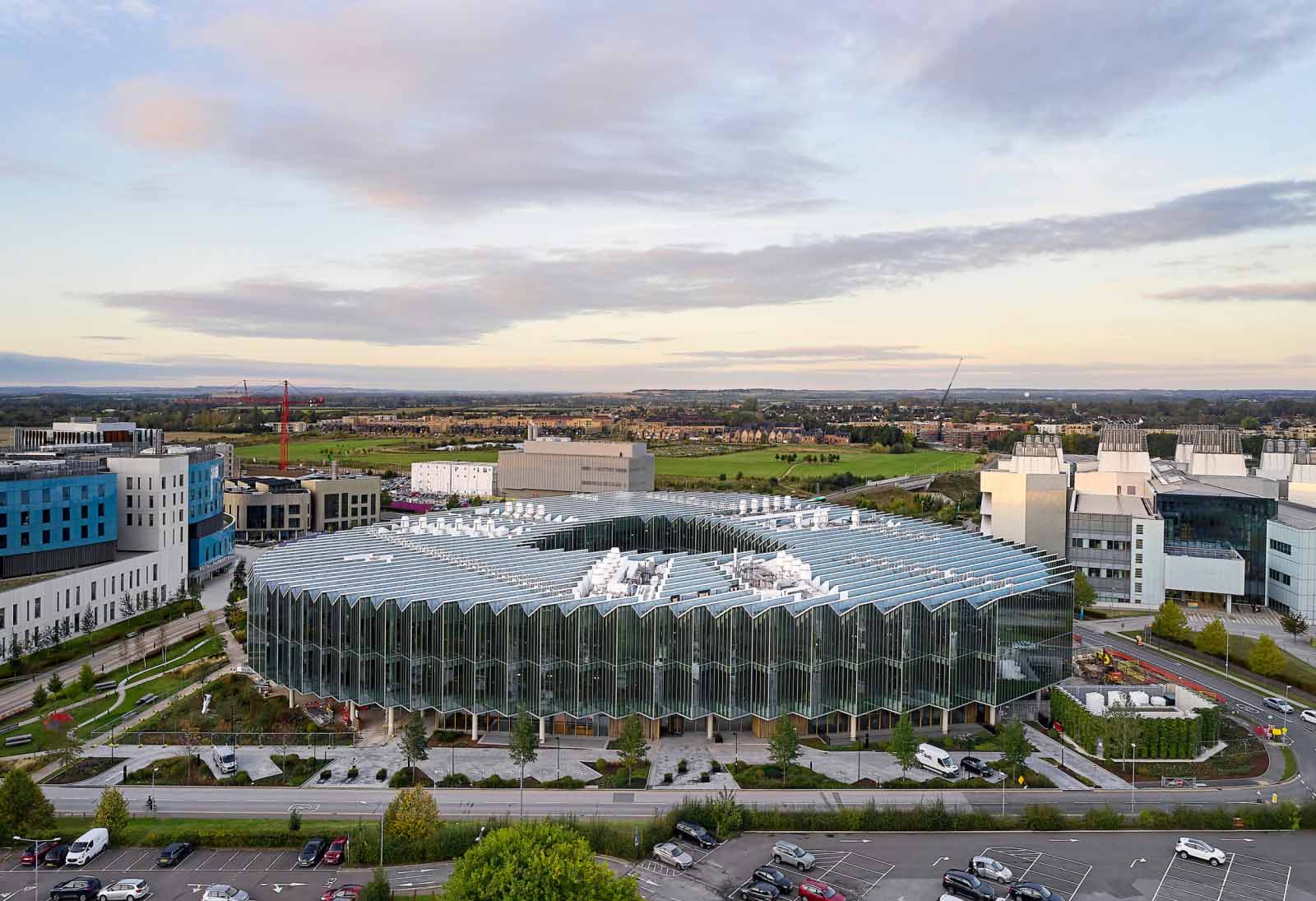

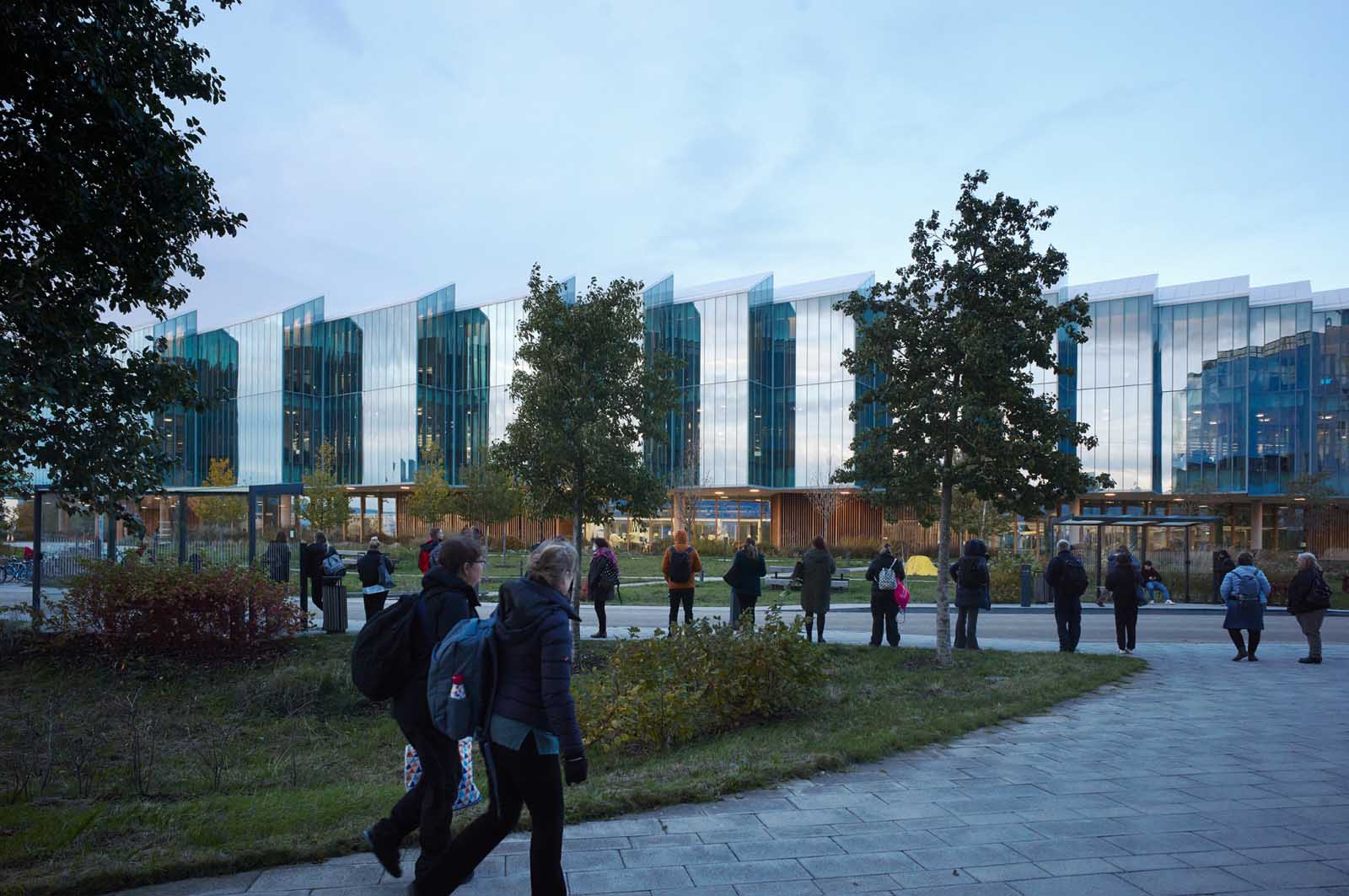

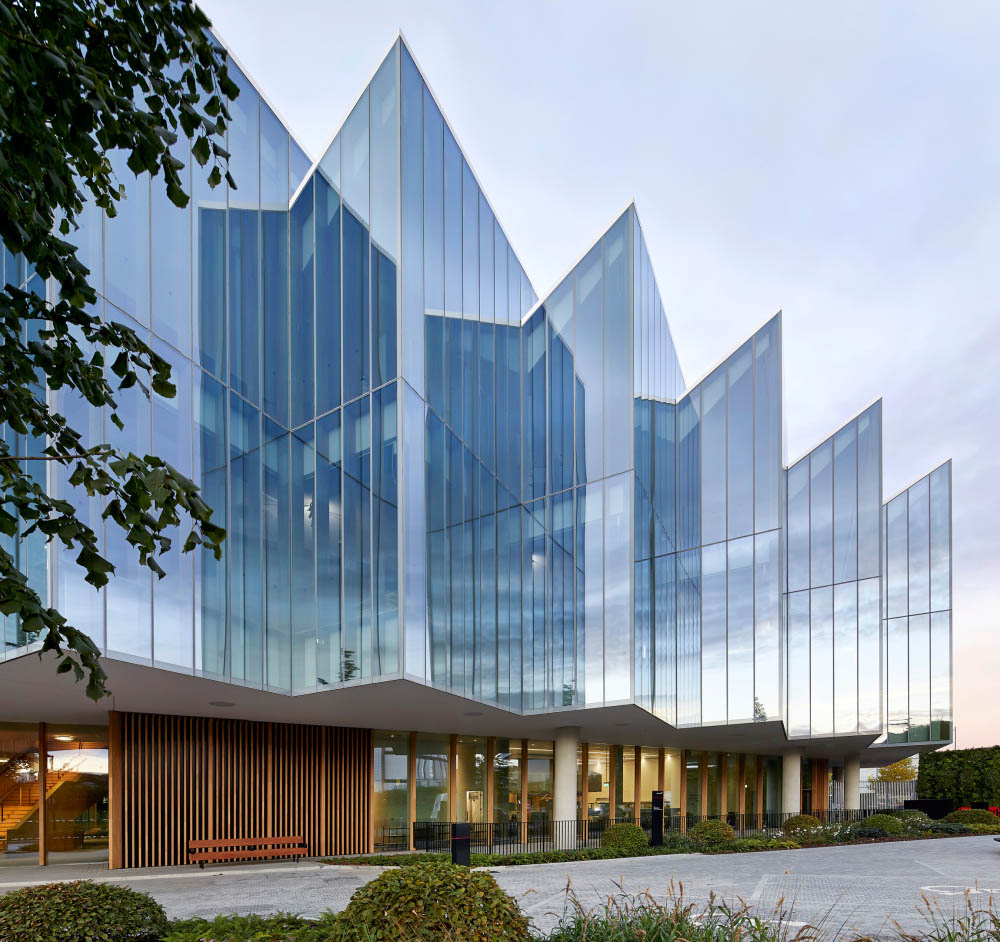

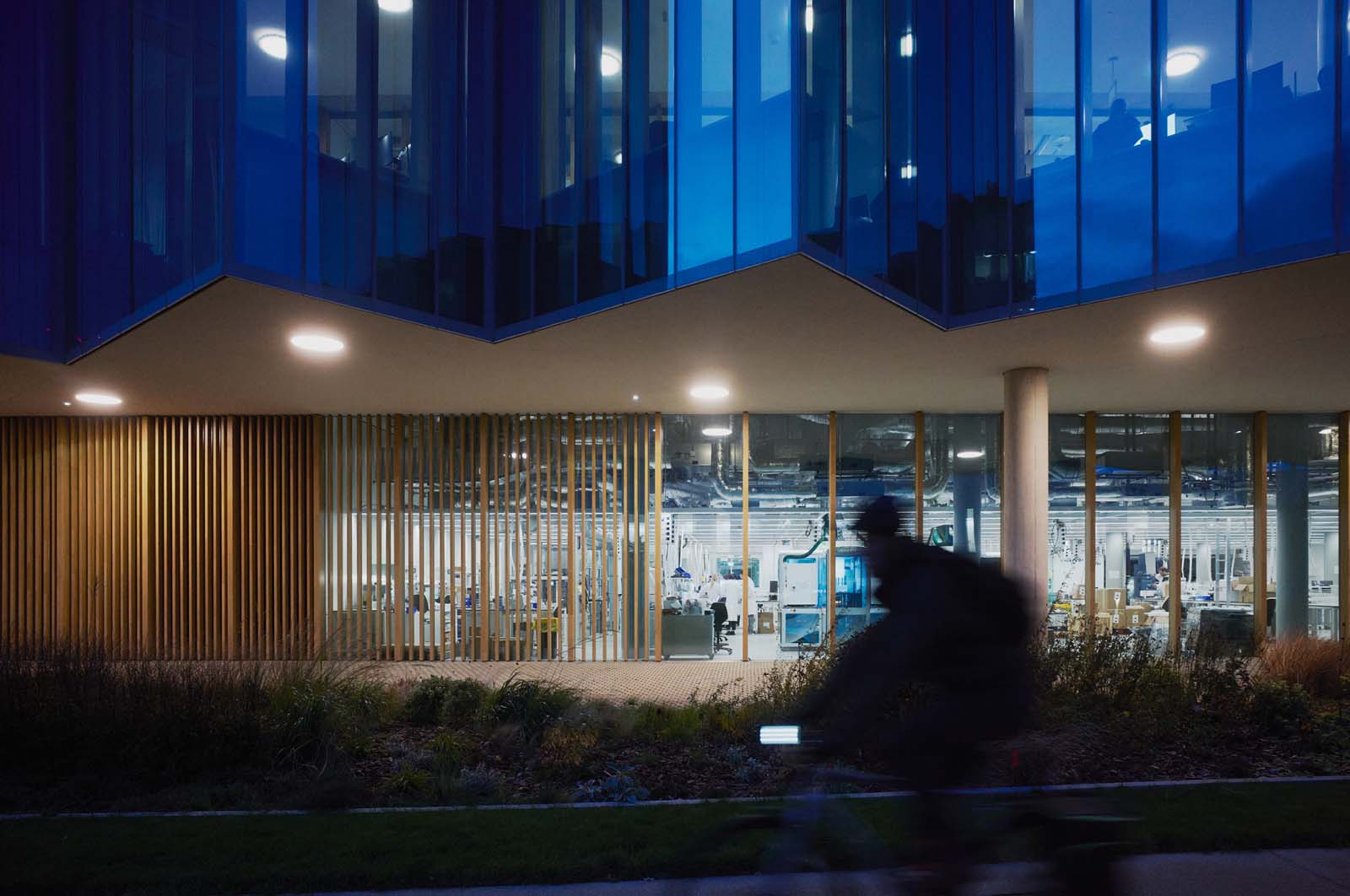
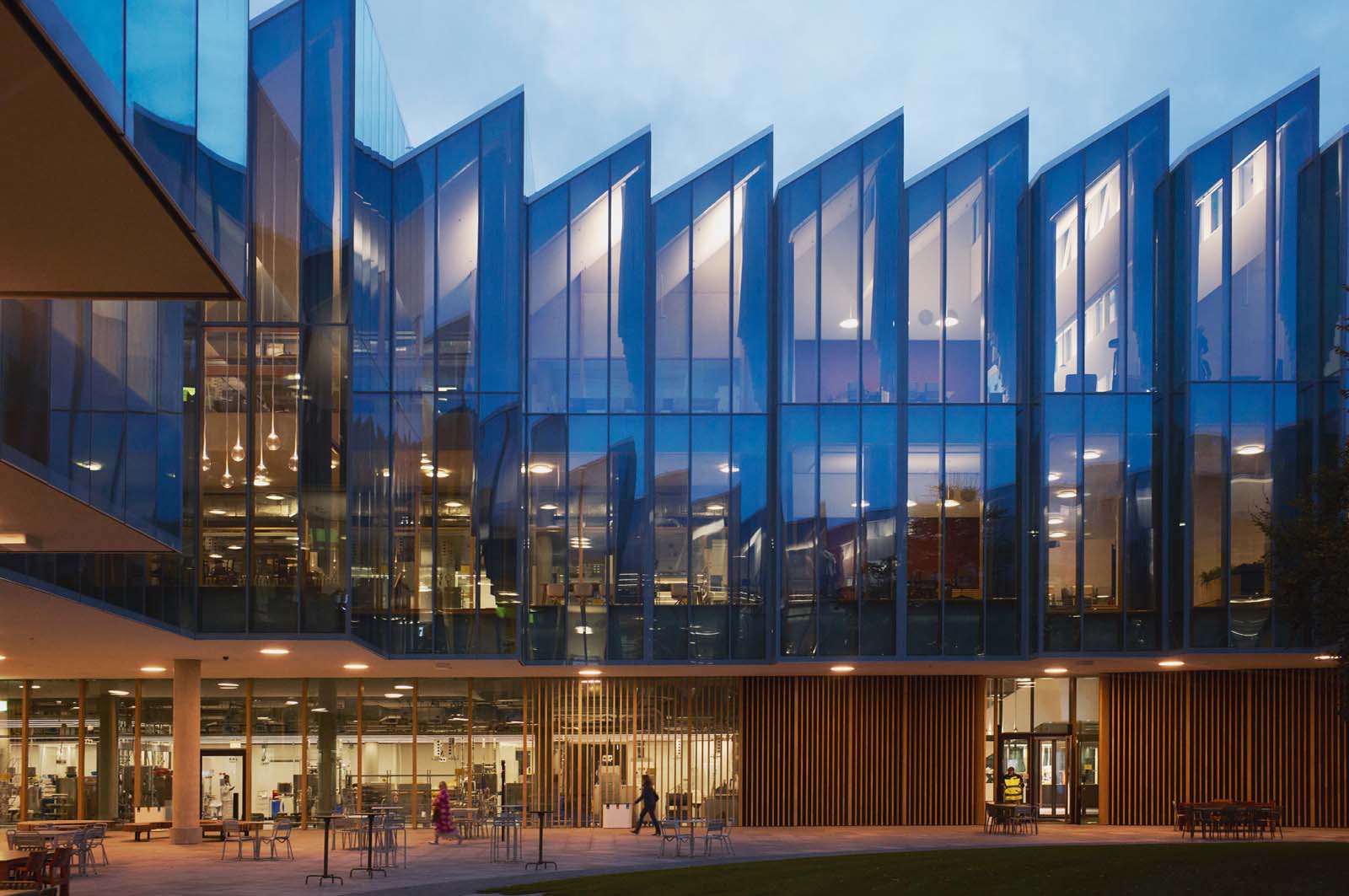


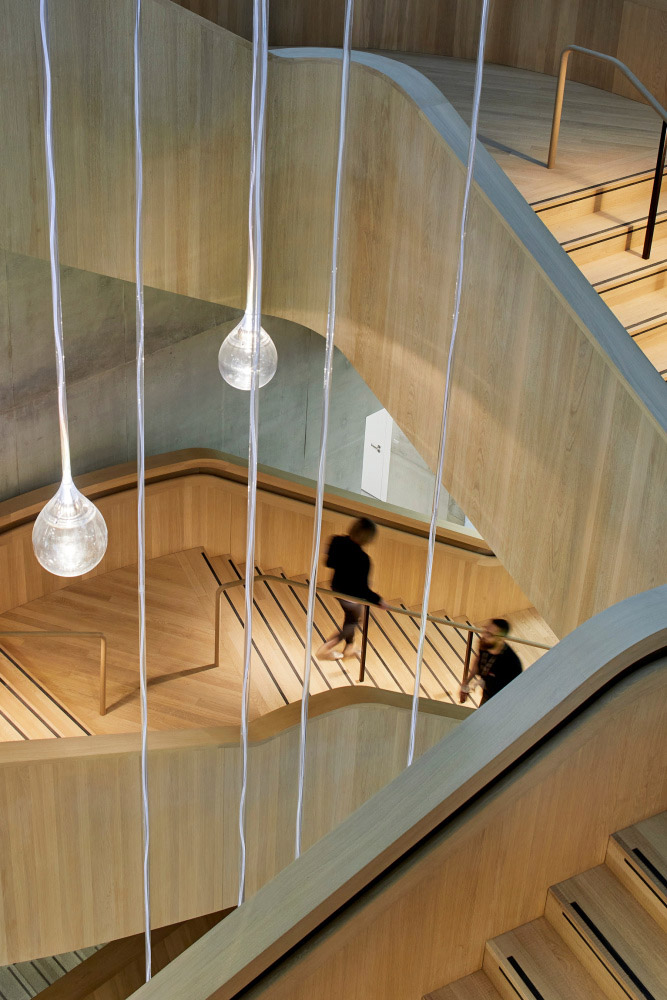

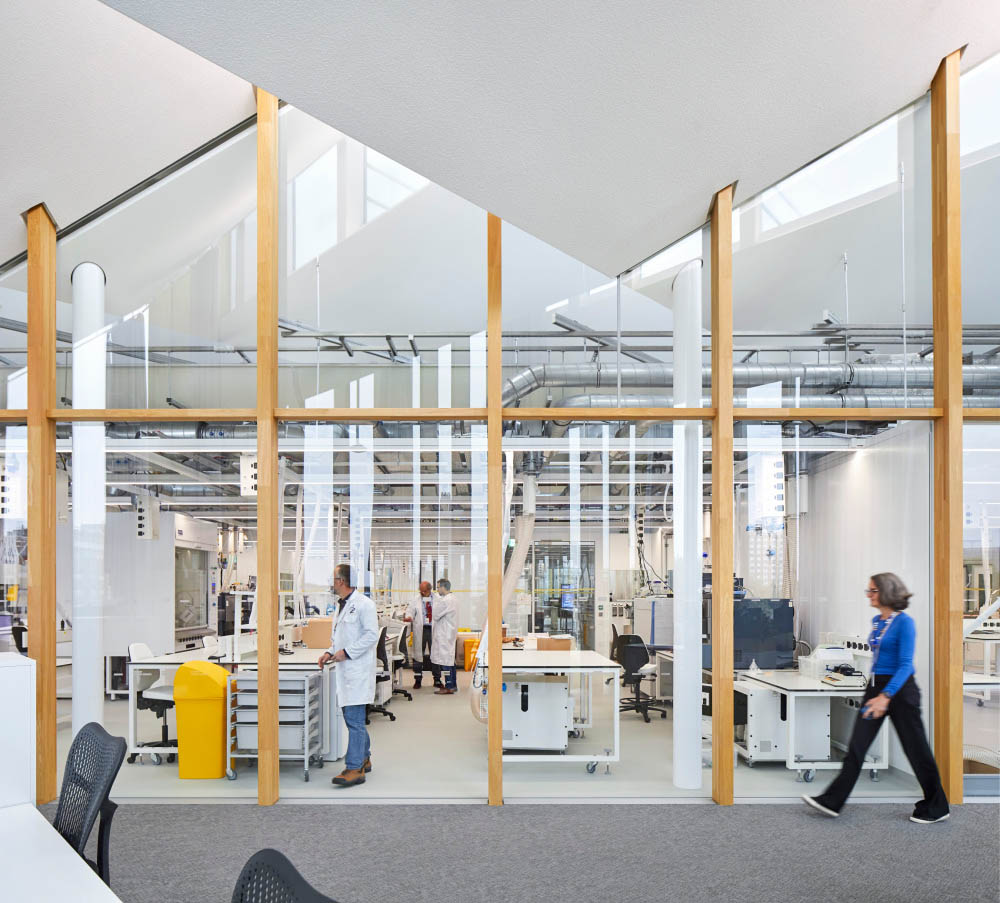
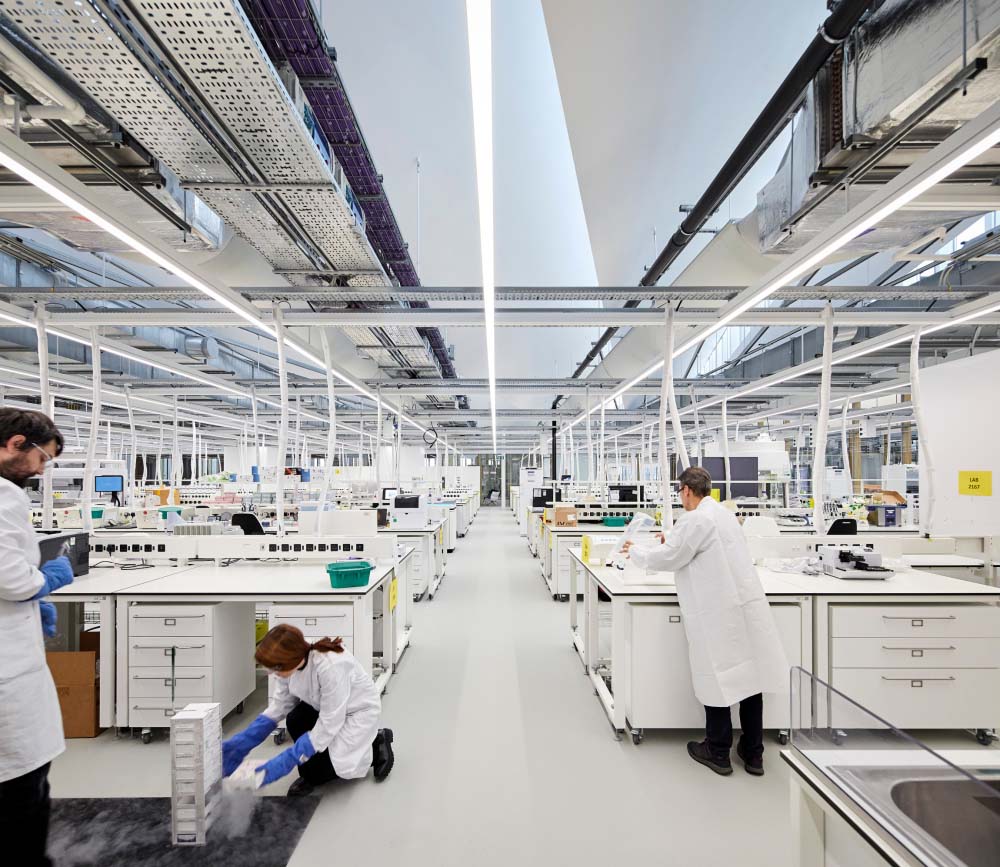
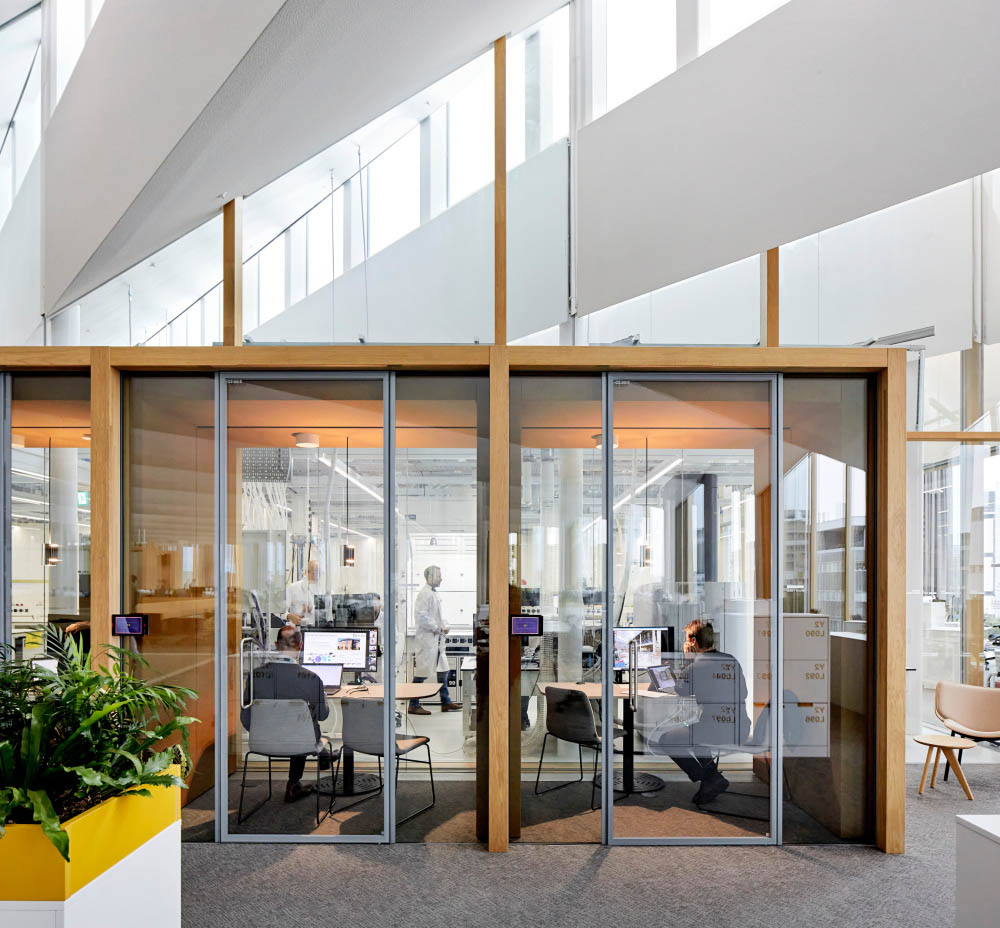
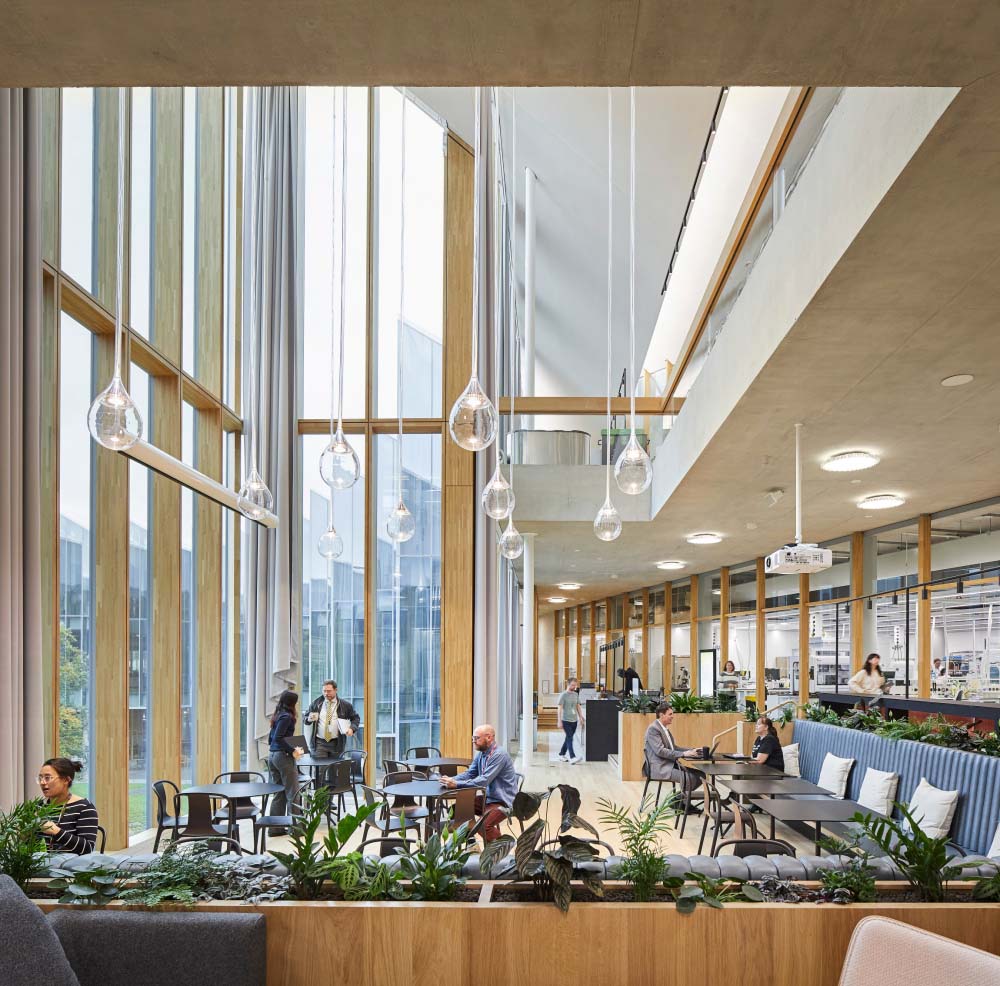
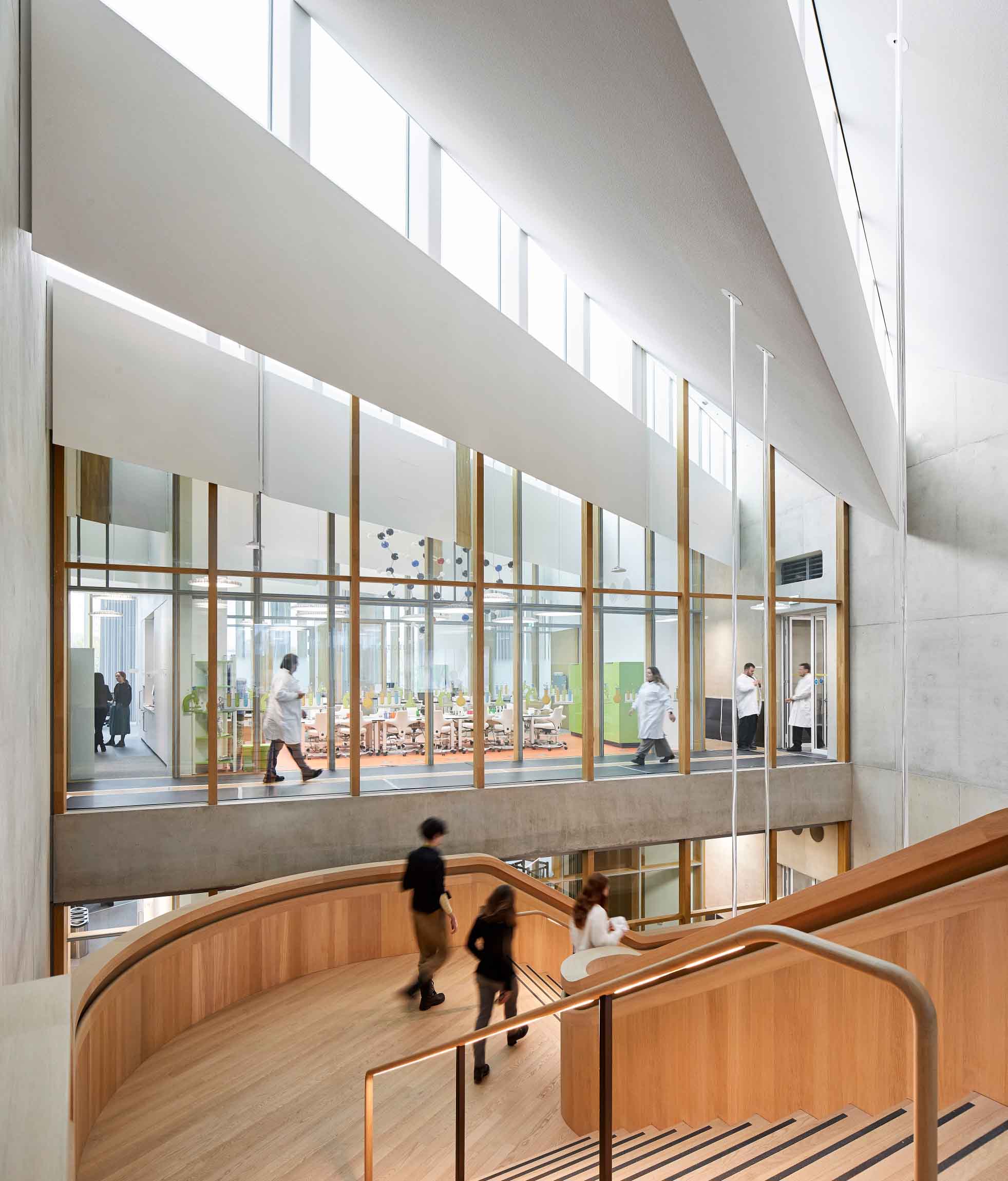
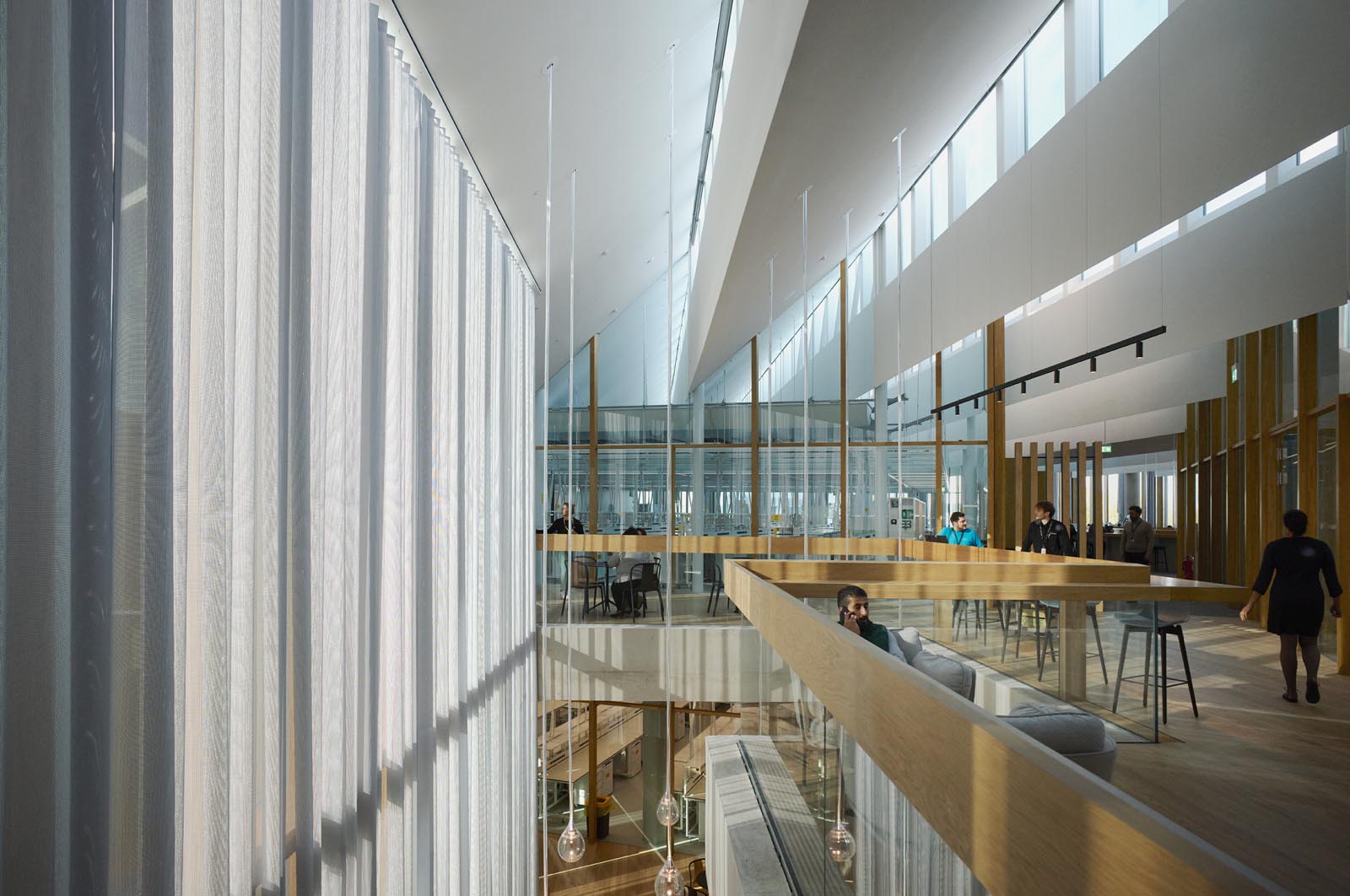
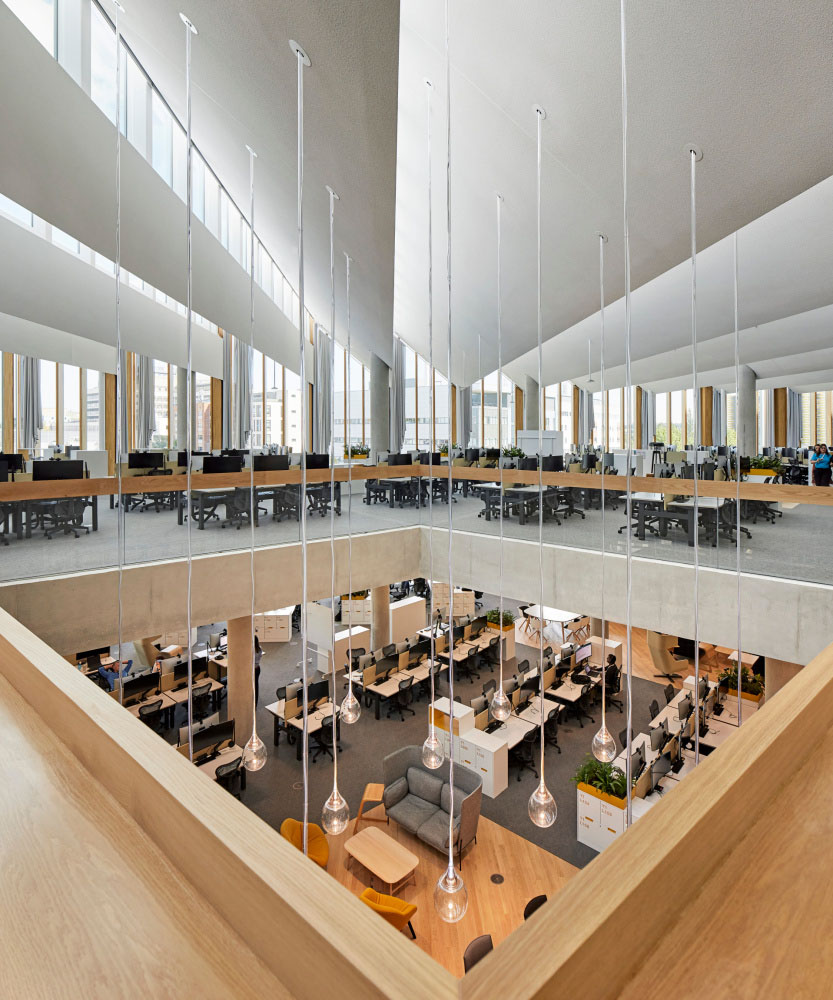
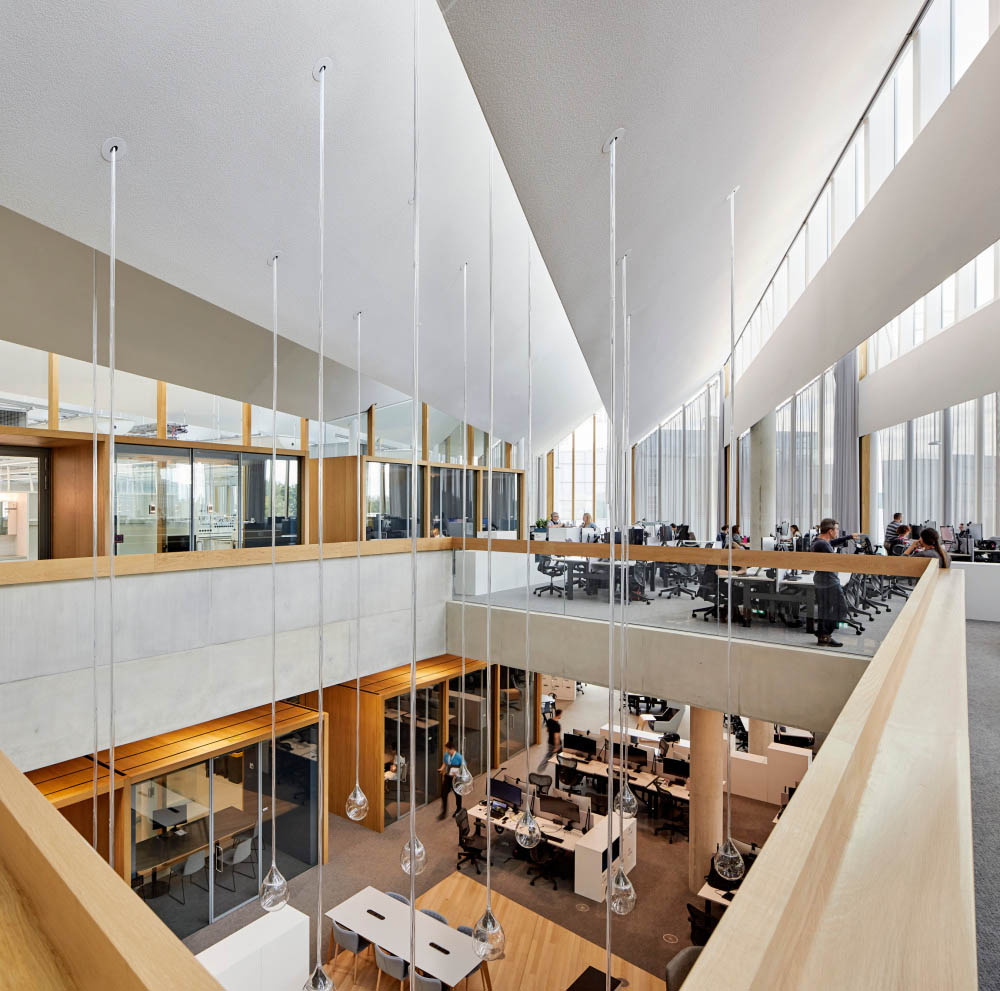
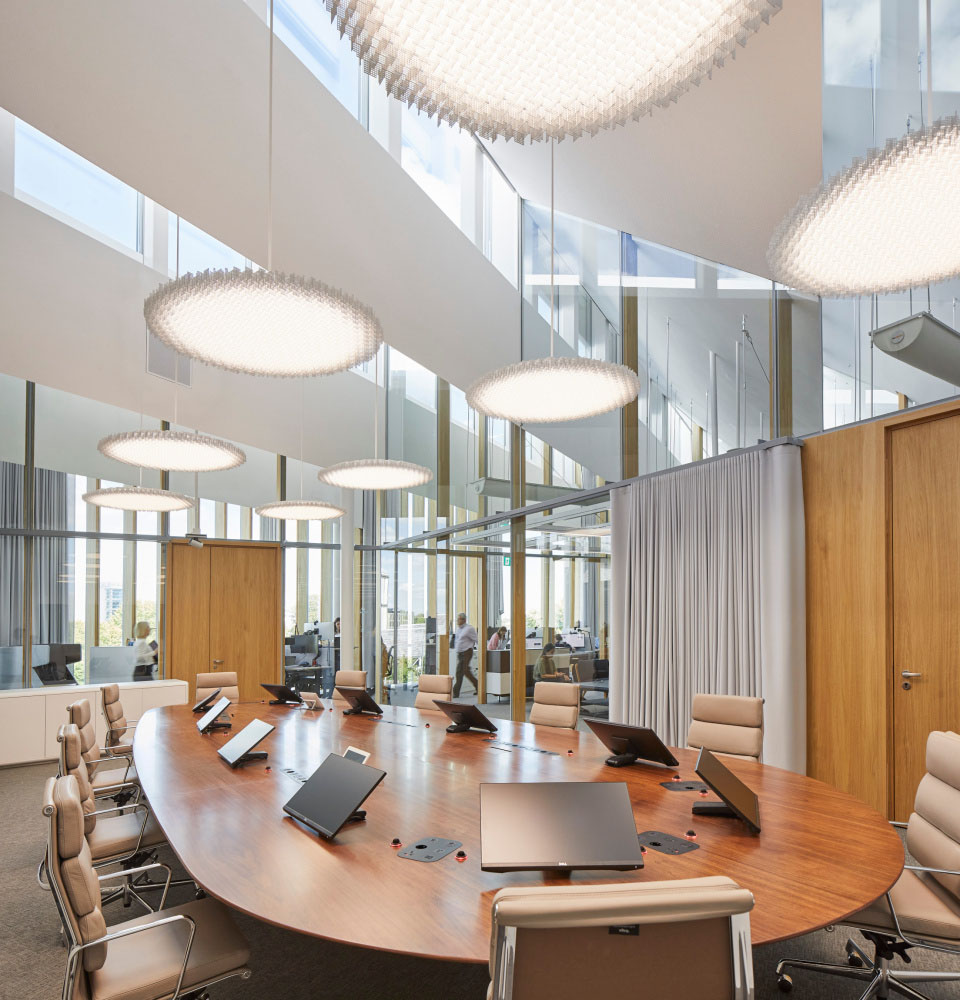
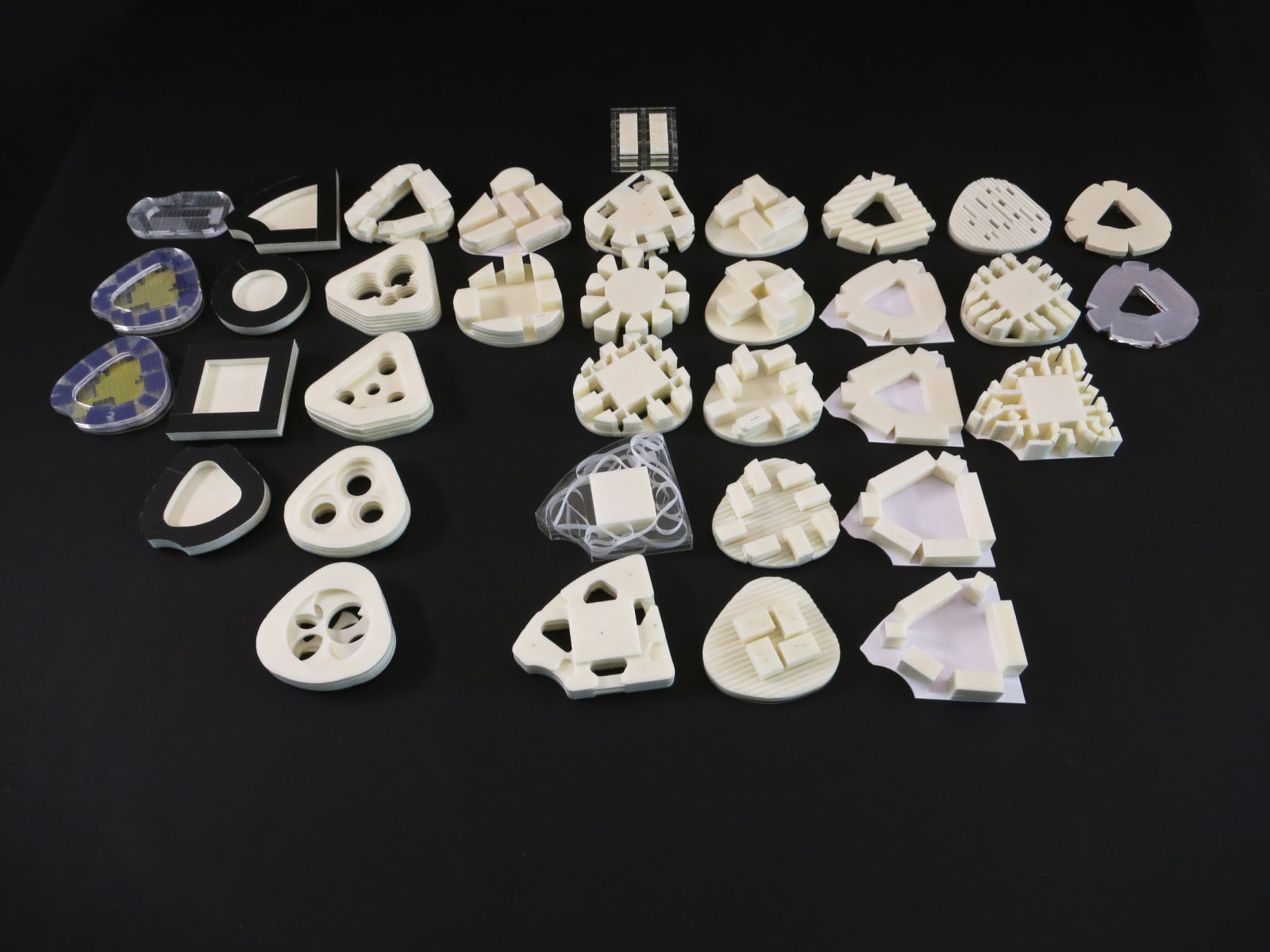
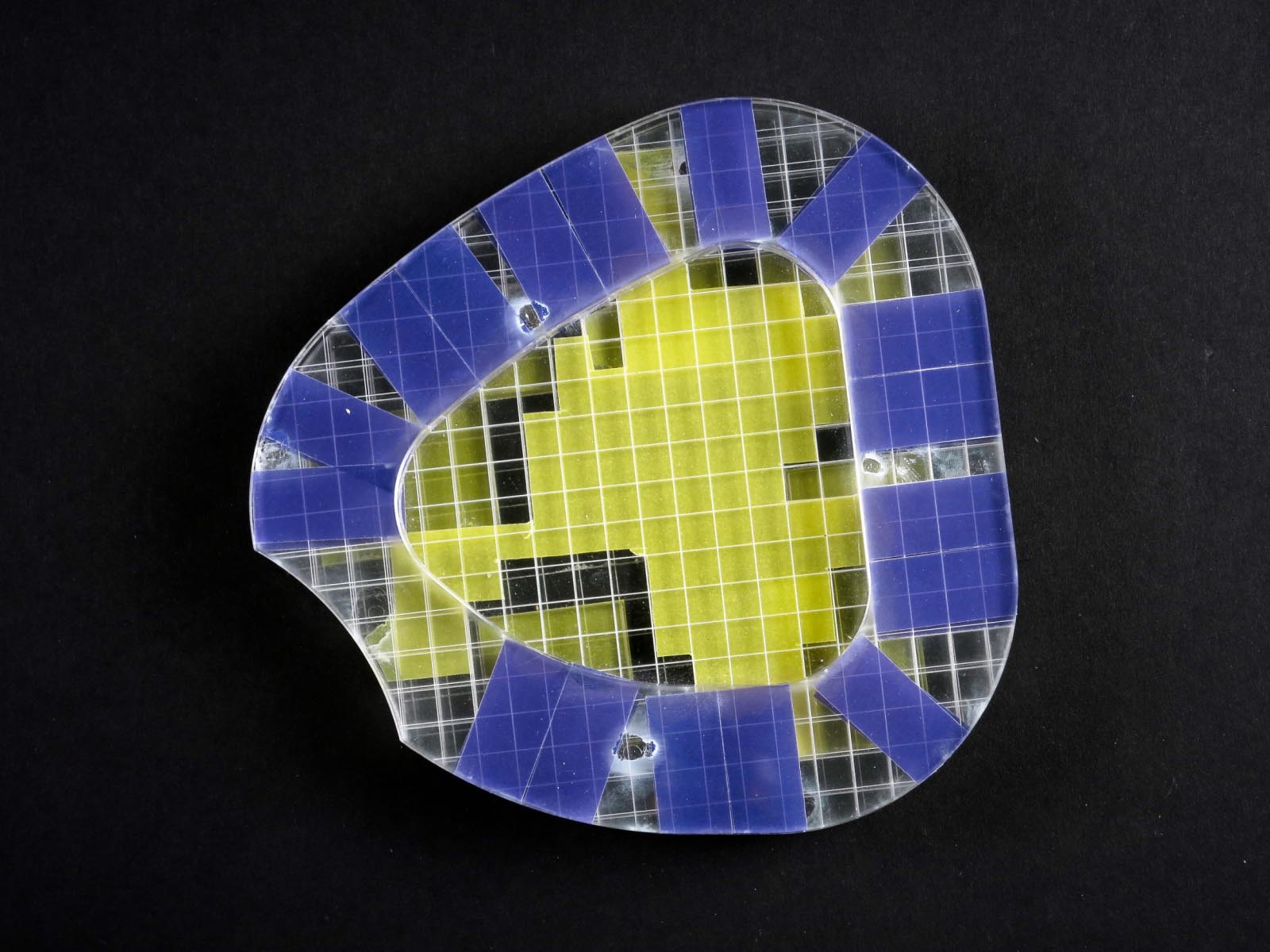
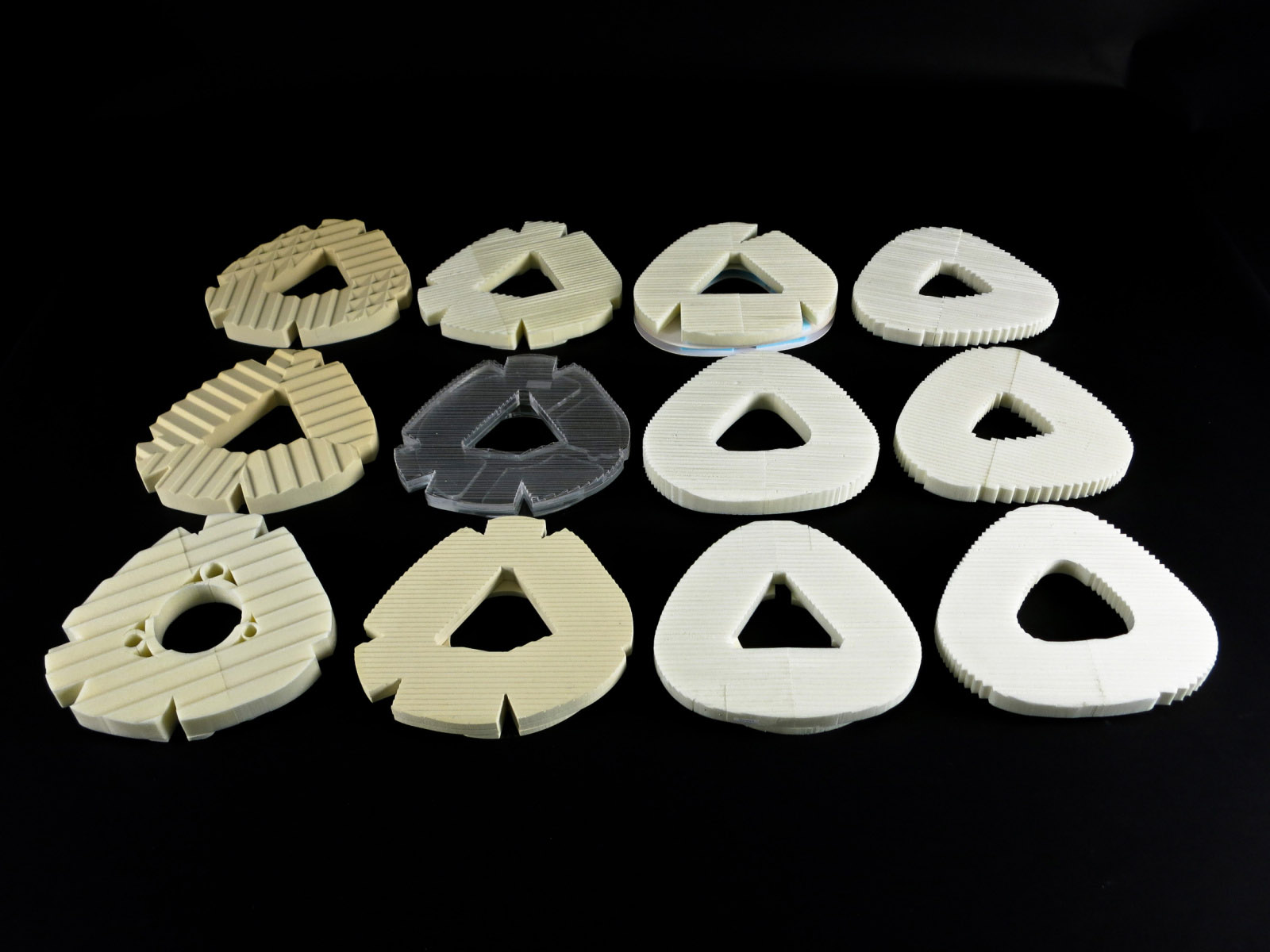
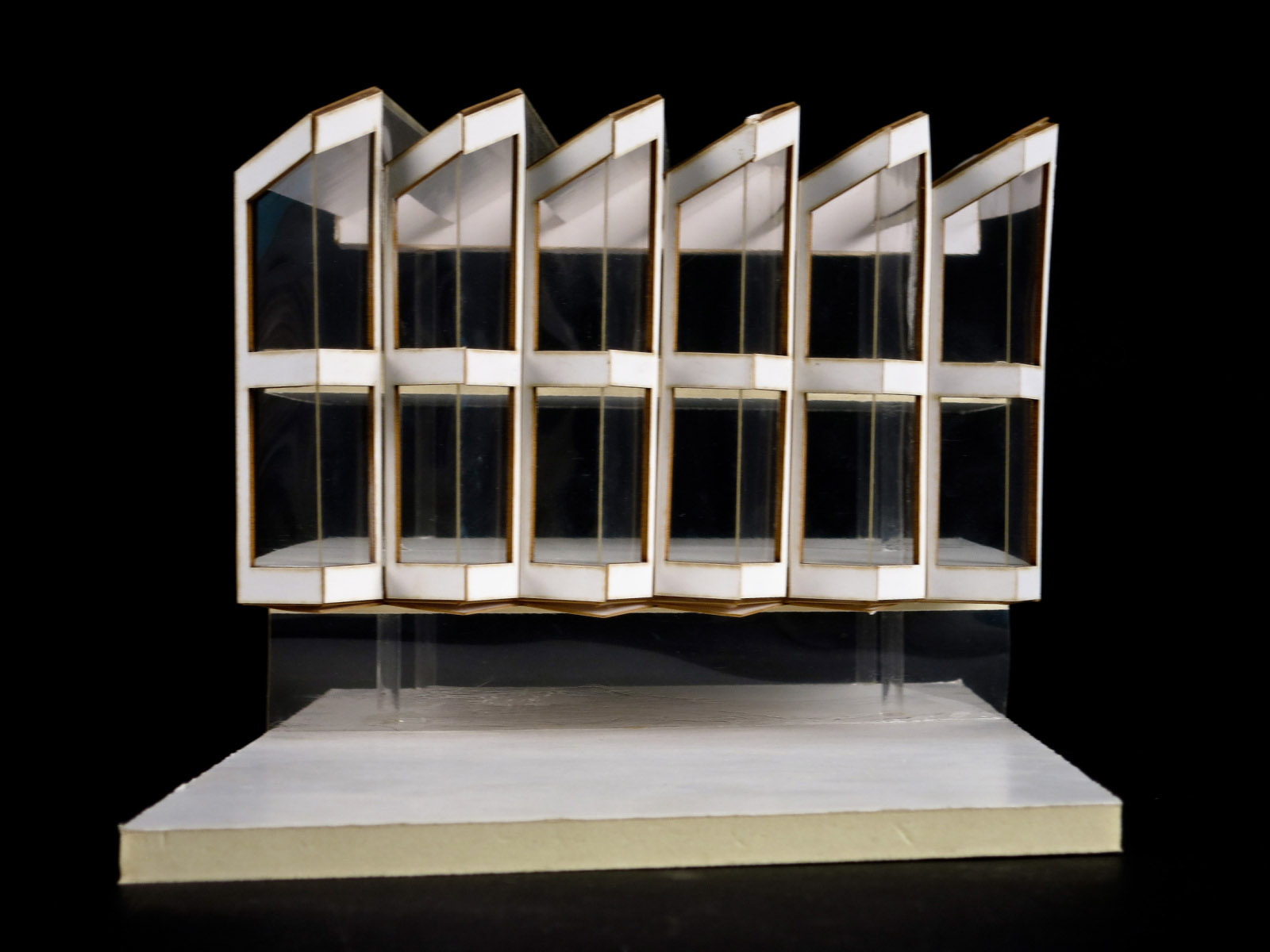
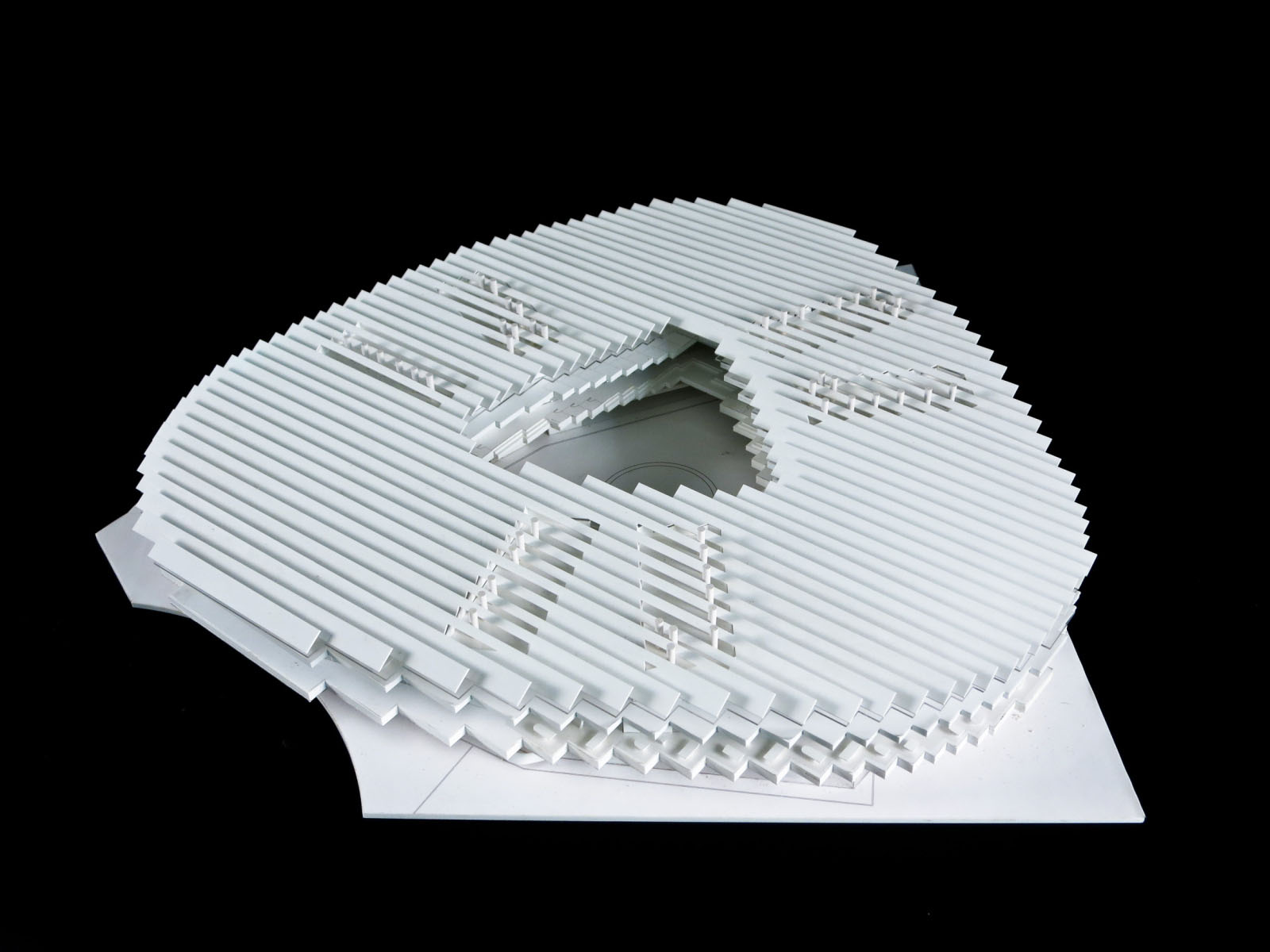
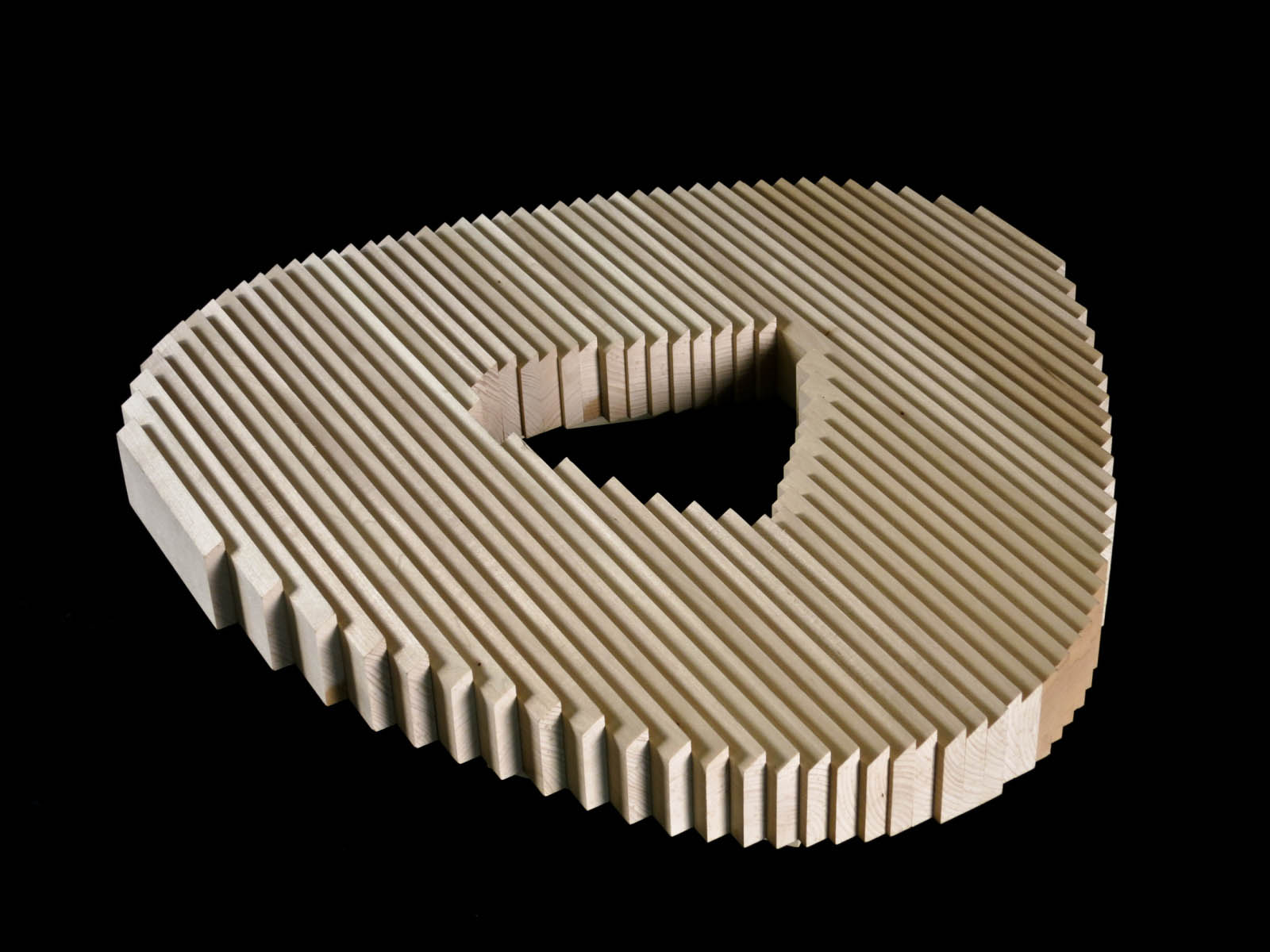
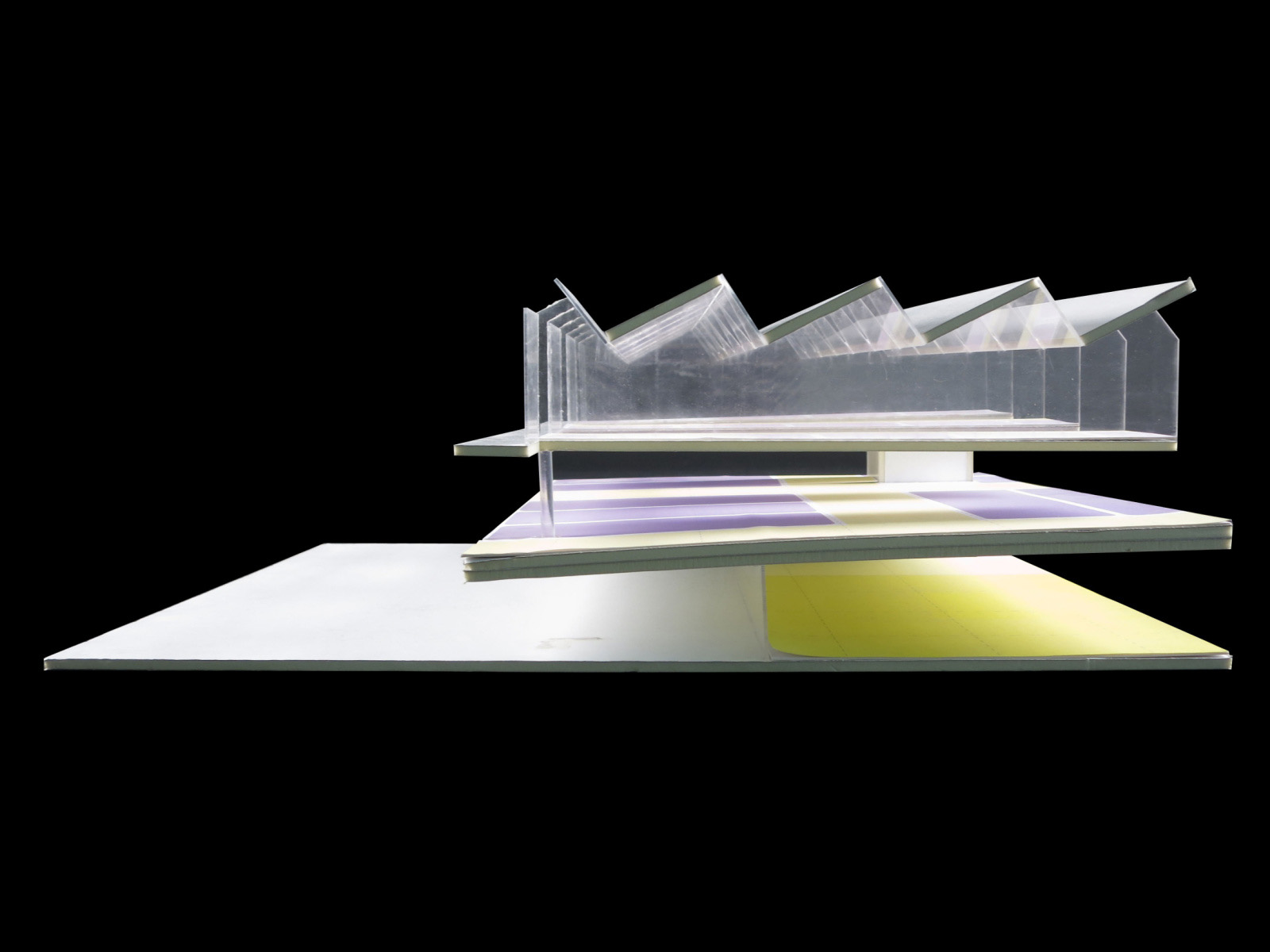
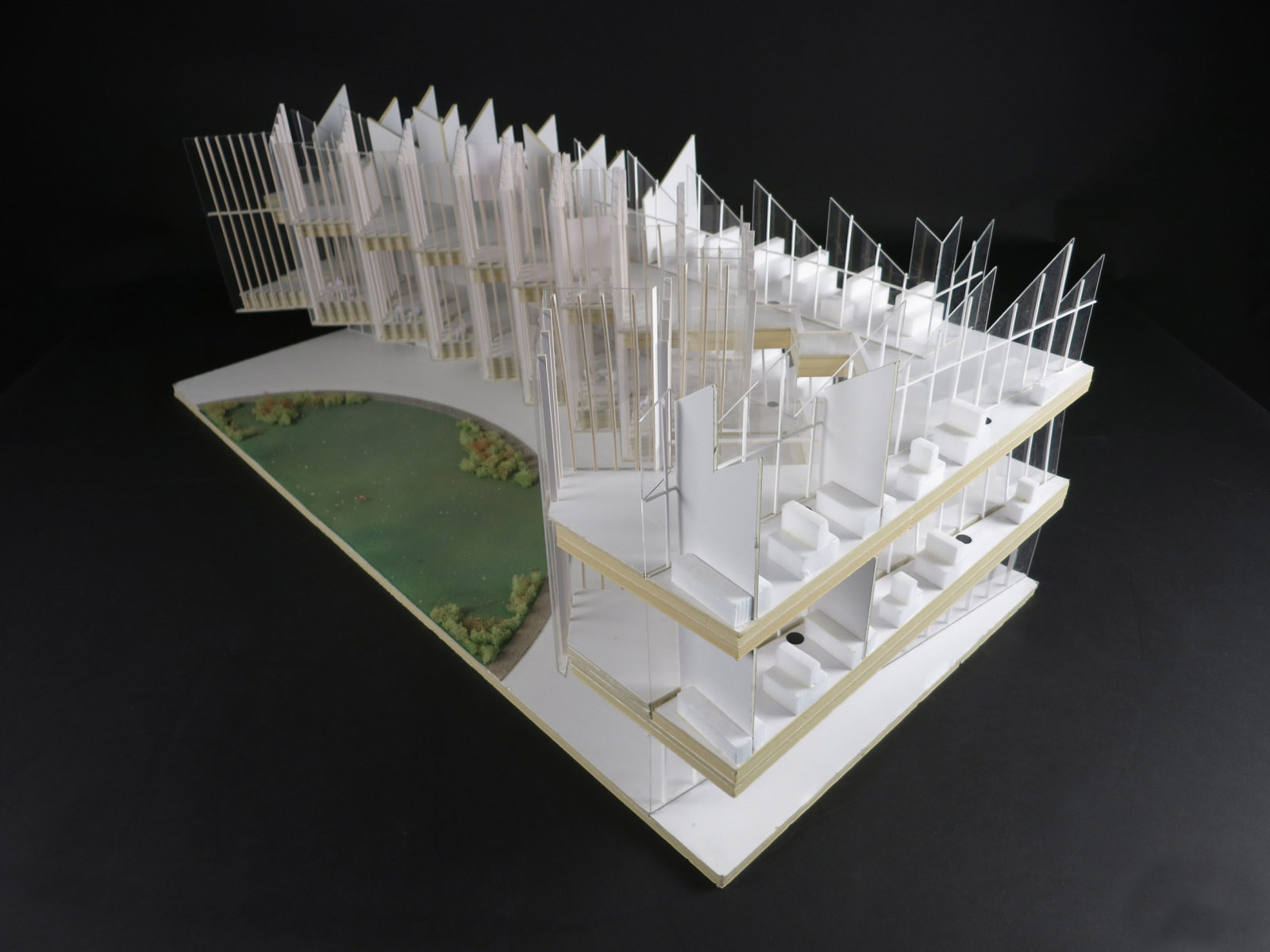



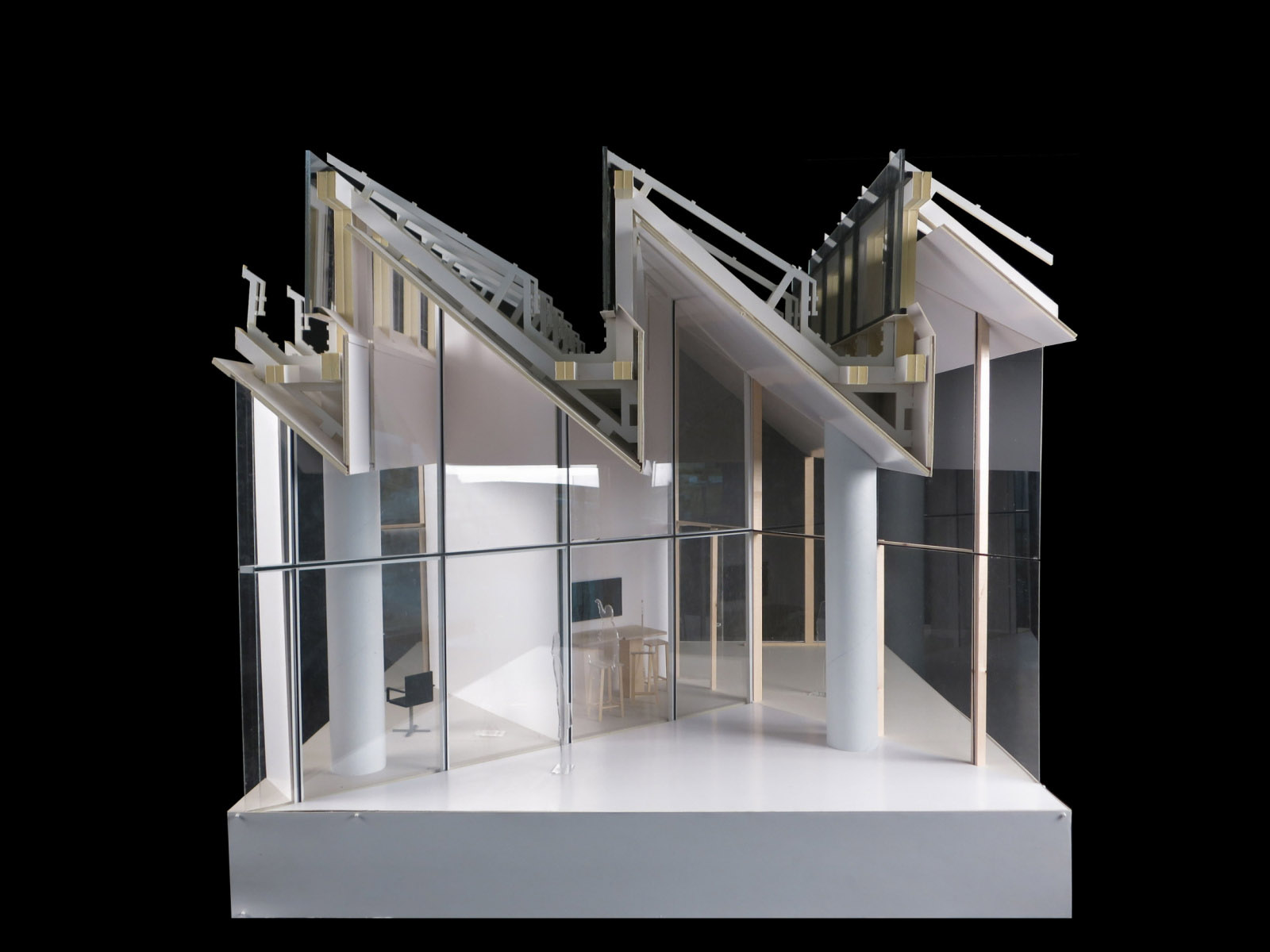
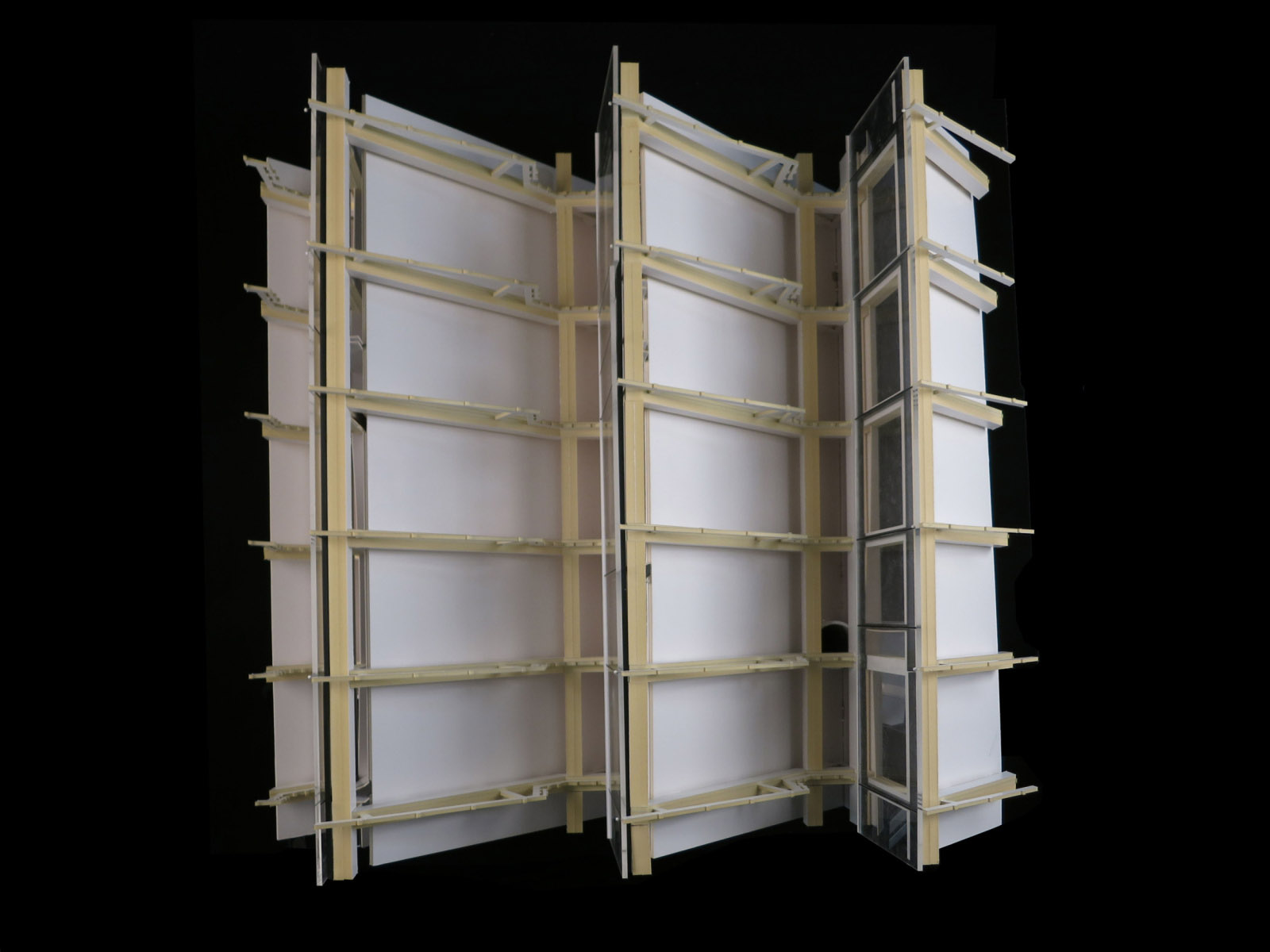
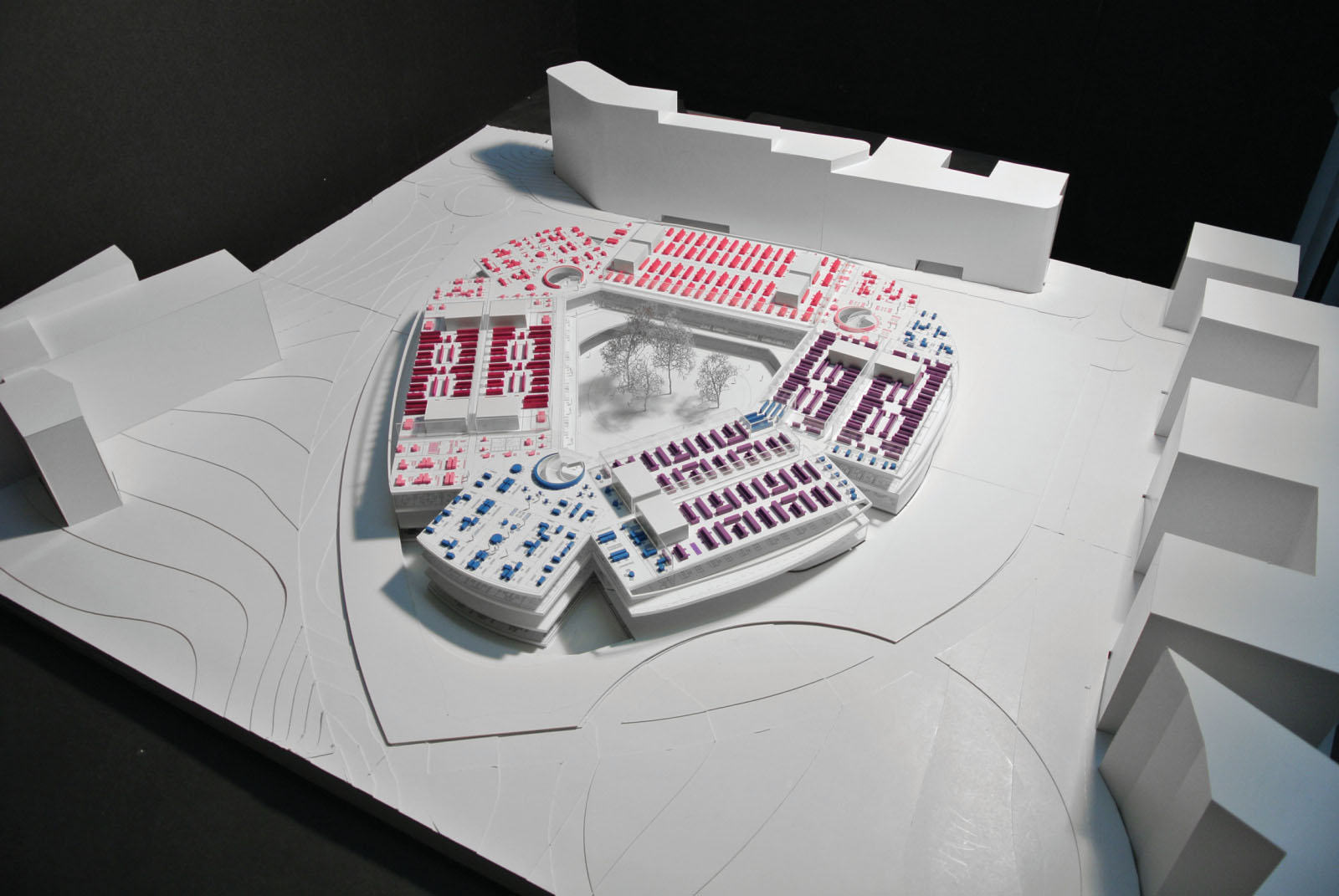

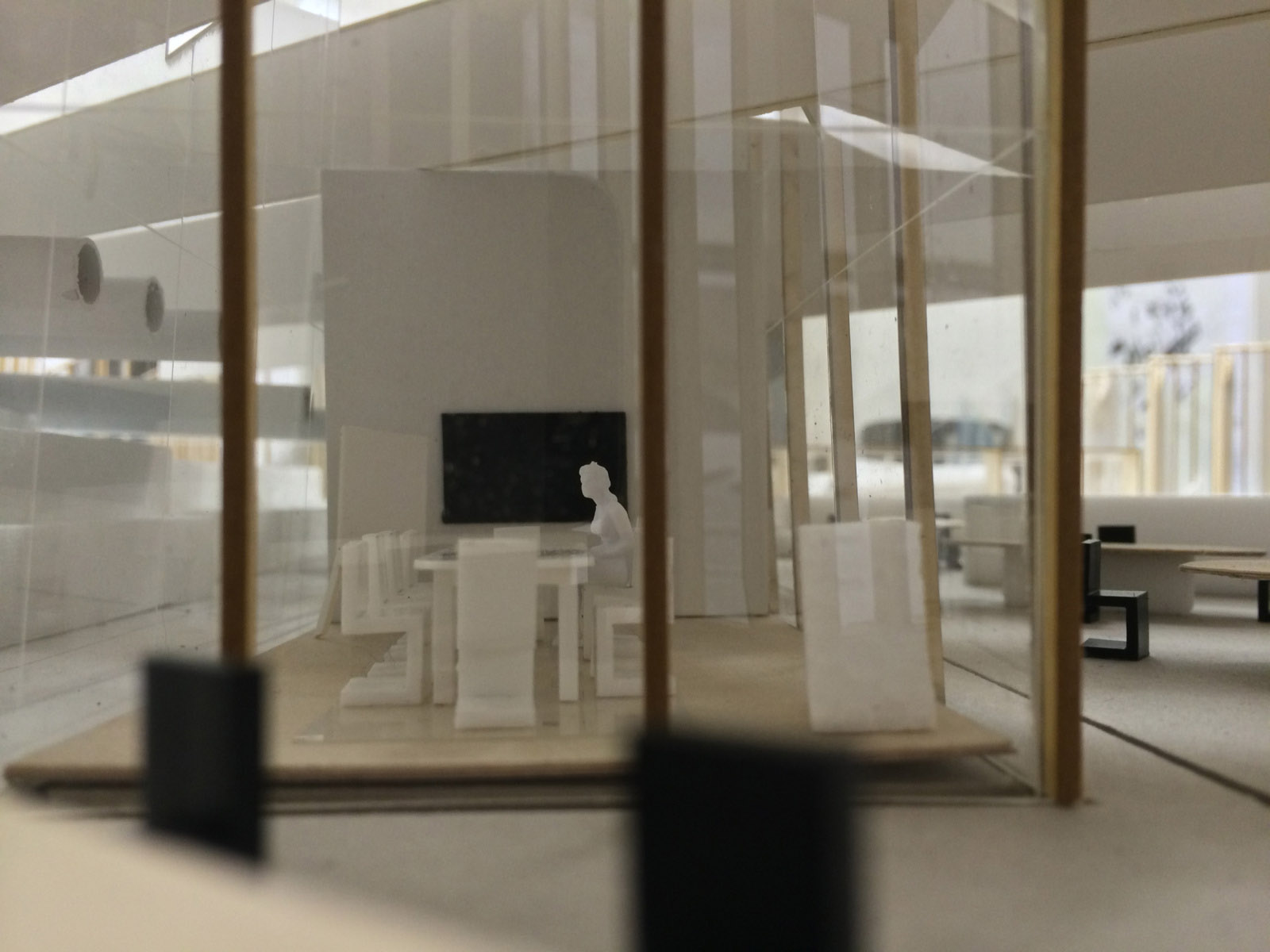
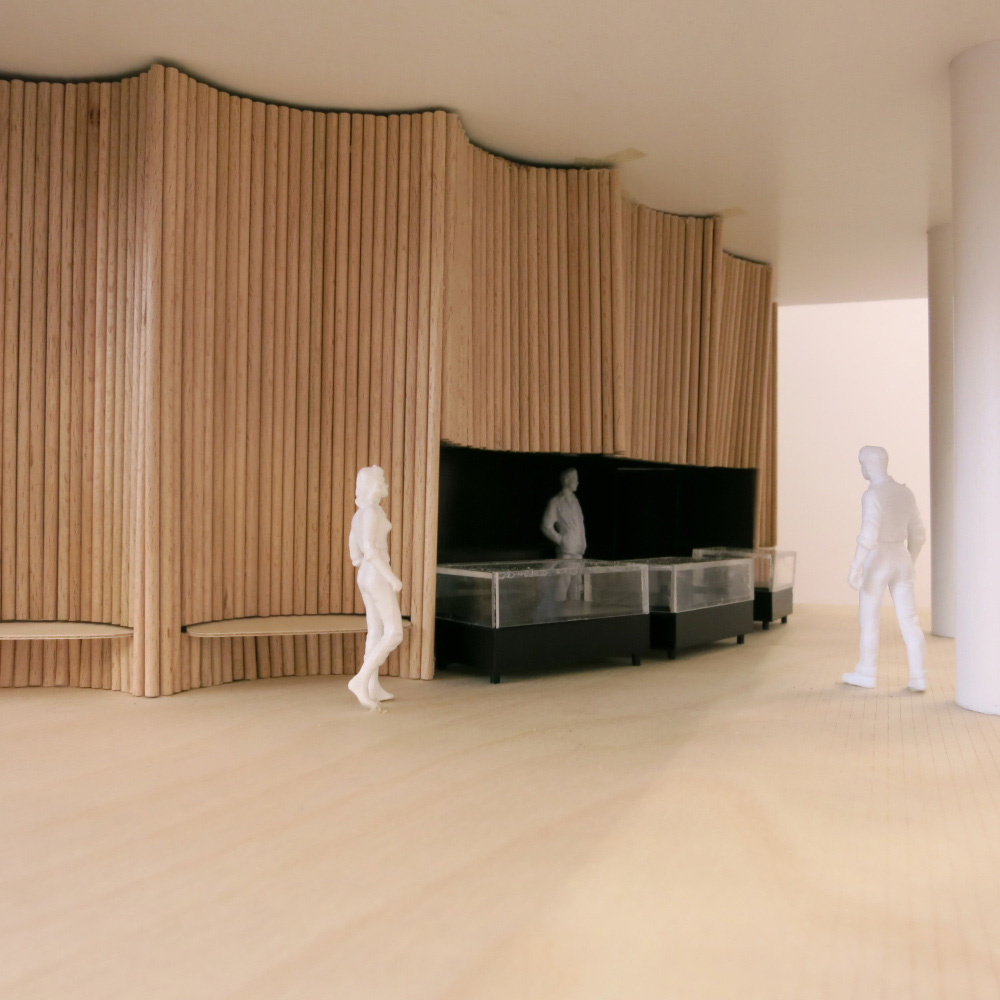
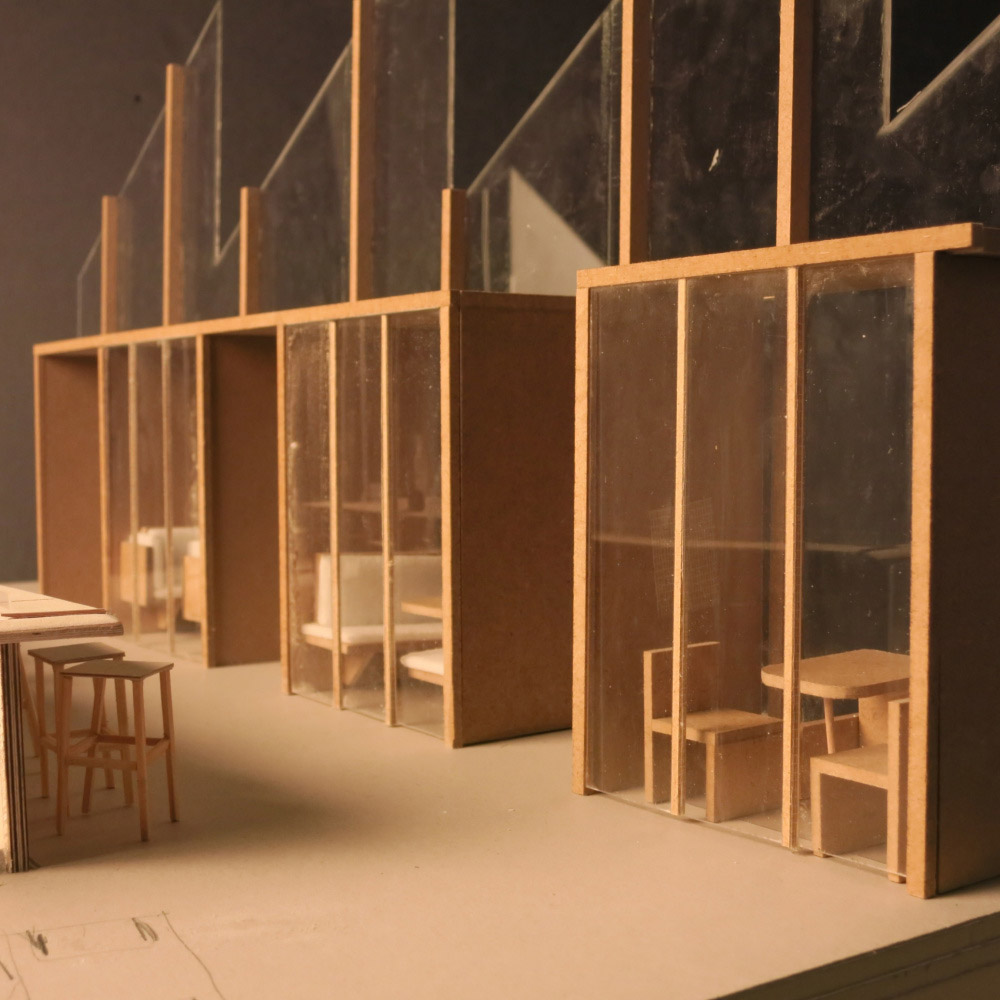

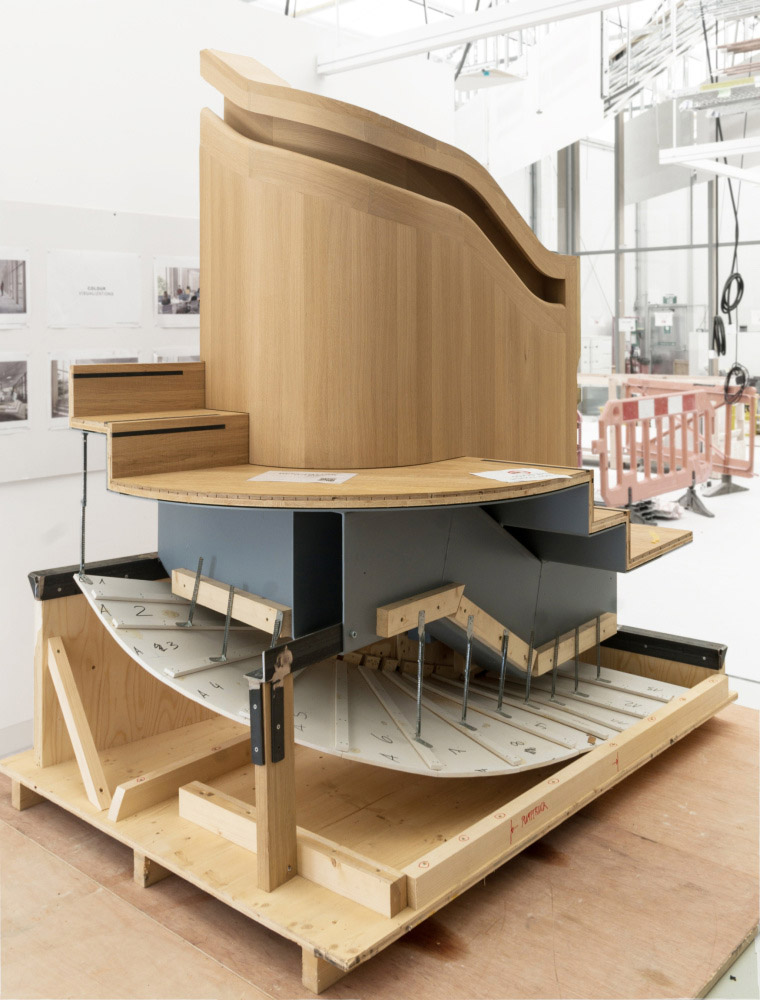
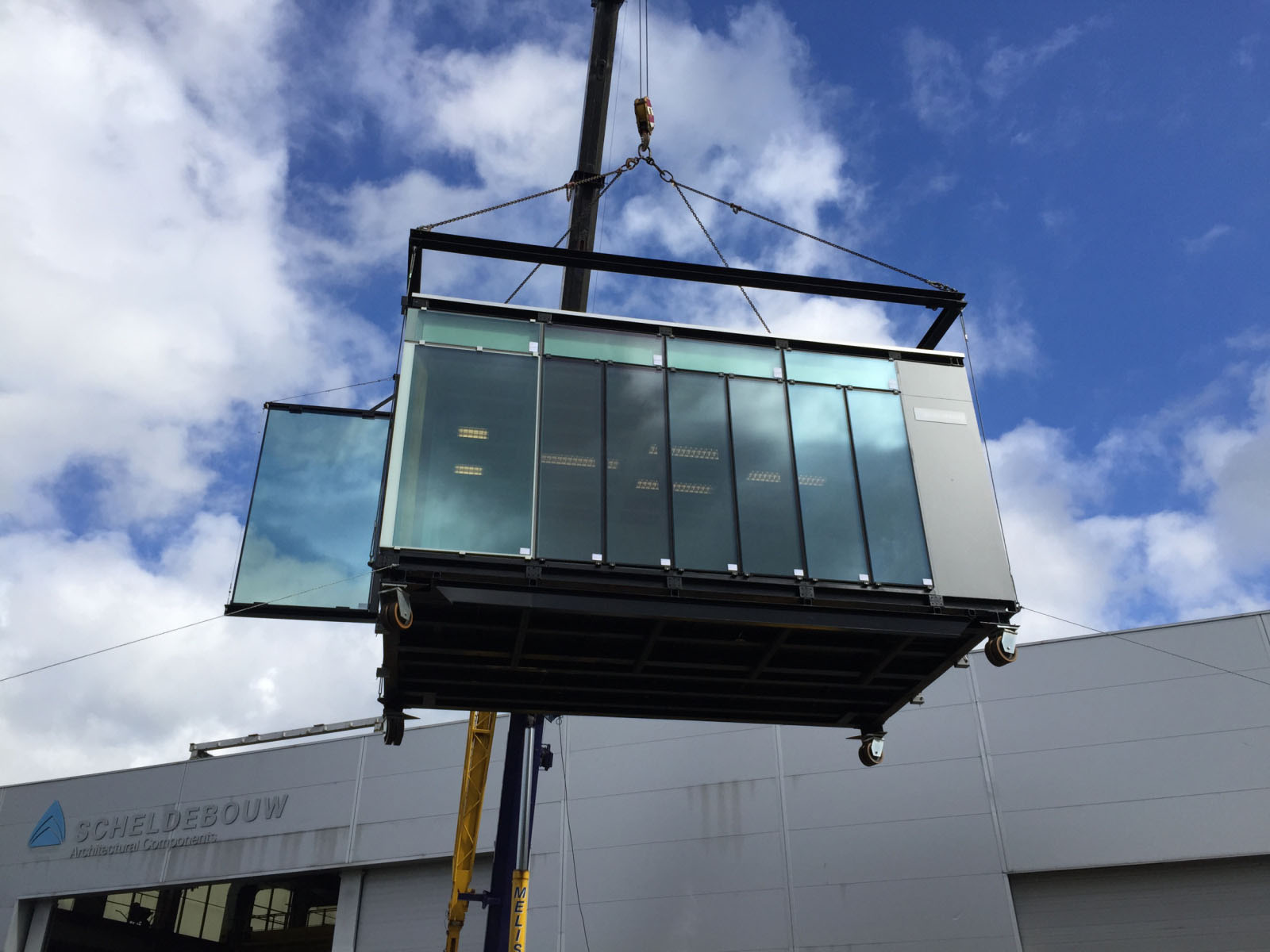
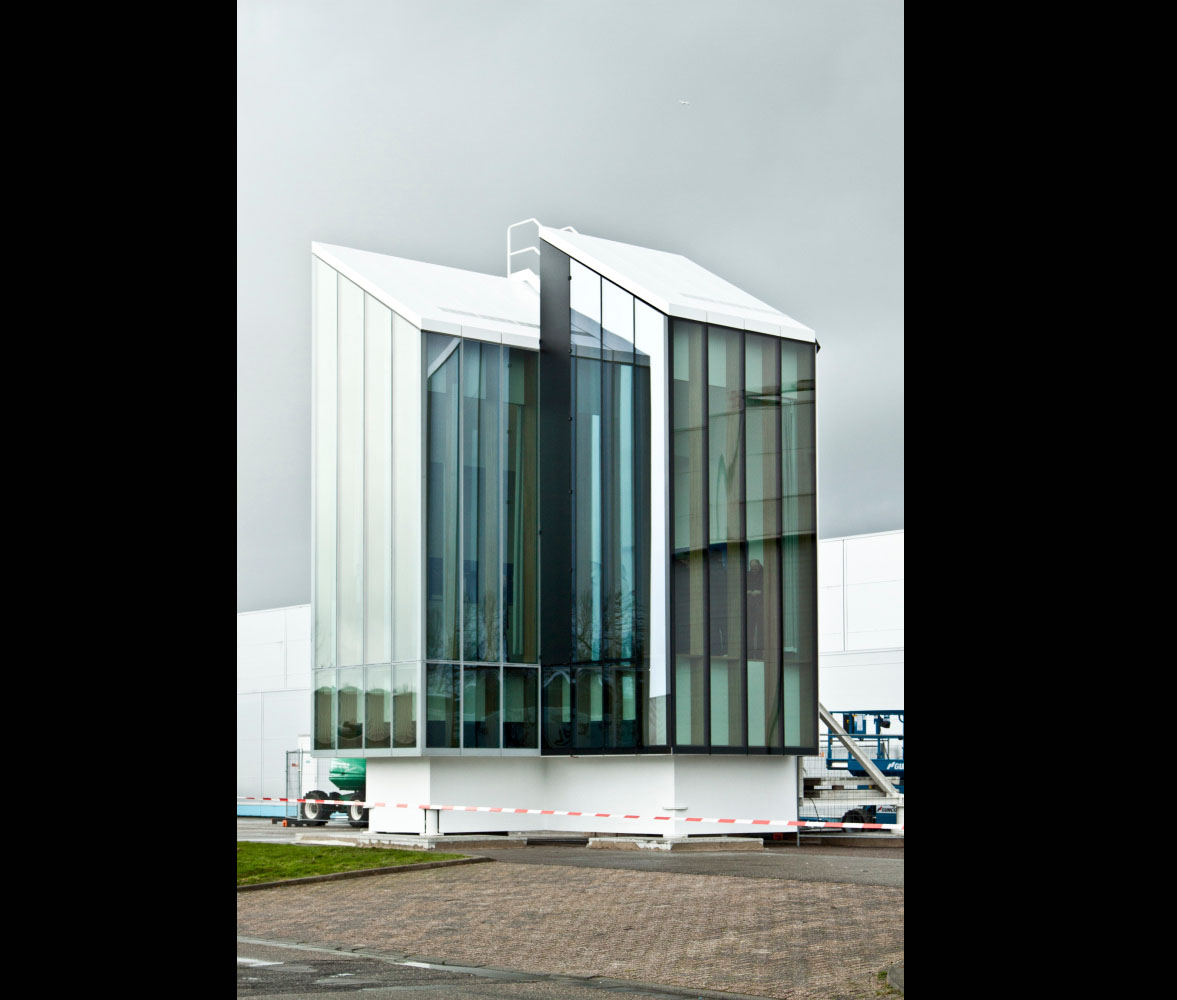
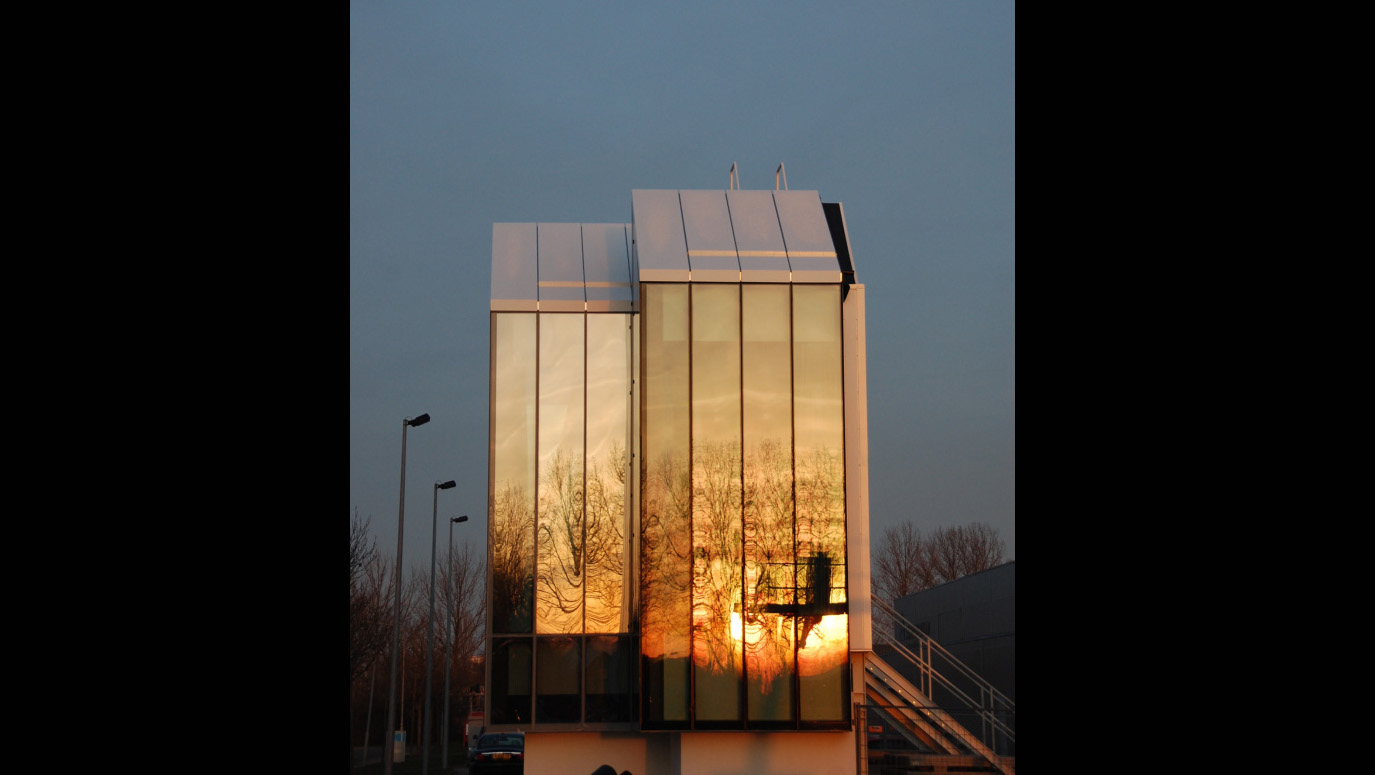
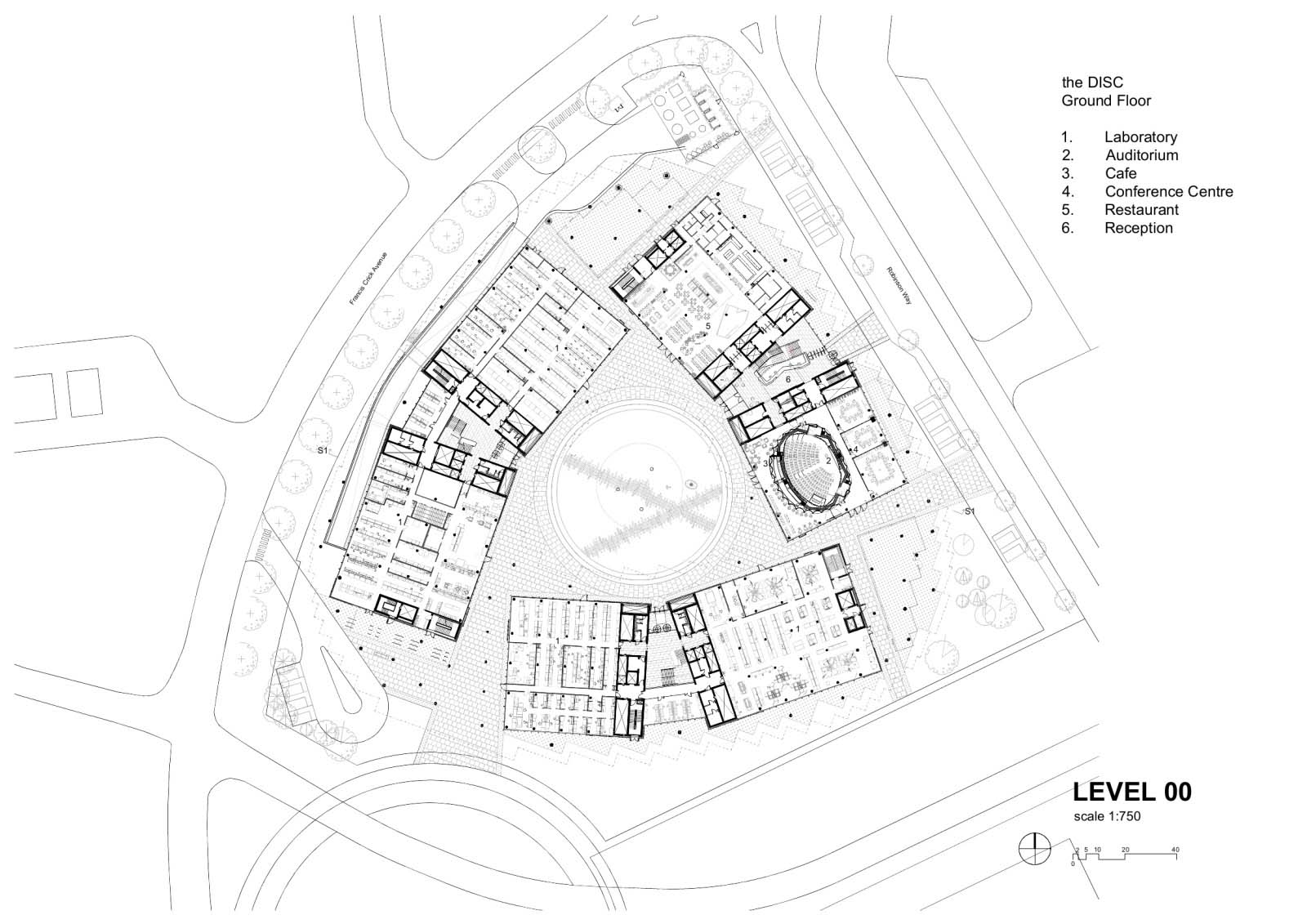
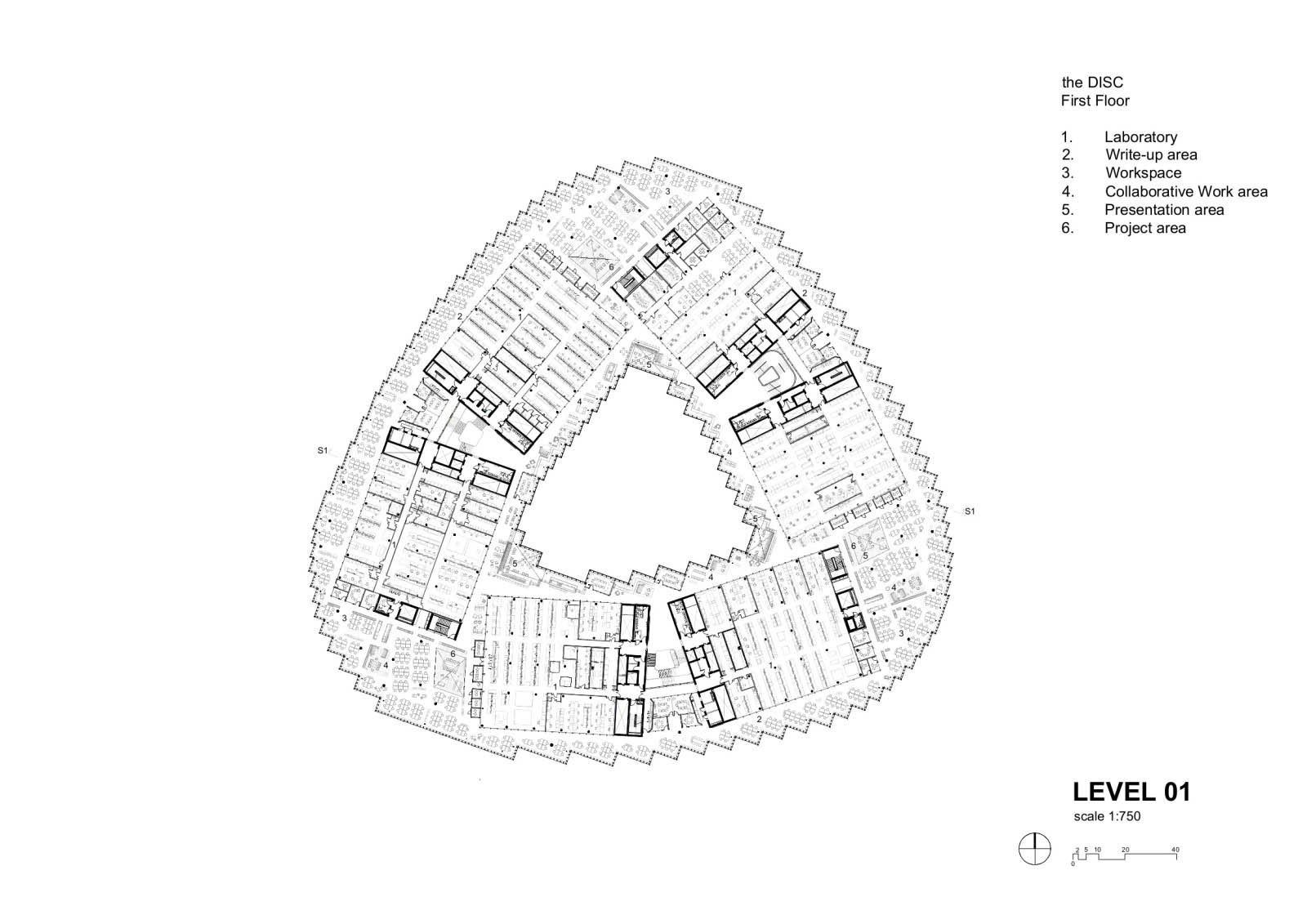
Location: Cambridge, UK
Architect: Herzog & de Meuron
Competition 2013
Project 2013-2023
Project Team: Tomislav Dushanov (Associate, Project Director)Dieter Mangold (Associate, Project Manager)Amparo Casaní Arazo (Project Manager)Marcelo Bernardi (Project Manager)Pedro Polónia (Project Manager)Alexander BürgiAlexander SternAlexandros MykoniatisAndré VergueiroArgel Padilla FigueroaArtem KitaevBlanca Bravo ReyesBruno de Almeida MartinsCaetano Braga da Costa de BragançaCagin SerginCarlo MorsianiCéline JeanneChristina LiaoCristian OpreaDan LadymanDavid Gonçalves MonteiroDelphine CamusDiogo FigueiredoDulcineia Neves dos SantosEdyta AugustynowiczEvangelia GoulaFarhad AhmadFelipe Pecegueiro CuradoGeorge PickeringGiuseppe GiacoppoGwendoline EveillardHéctor ArderiusHerwig SchulzHolger RaschIgnacio CabezasIlia Stefanov TsachevInga FedereIsabel LabradorJavier Artacho AbascalJohn O’MaraKeunyoung RyuLiheng LiLiliana Filipa Amorim RochaLuis GislerMaciej WeybergMarie-Louise RaueMartin BrandtMassimo CorradiMichael FischerMichal BauryczaMikolaj BazaczekMirjam ImgrüthMohammad Al SabahOrama SiamseraneePedro Peña JuradoPhilip TurnerRaúl Torres MartínRuedi GantenbeinSara Jiménez NúñezSimina MarinSophie MitchellSophie RoelantsStefan GoeddertzSvetlin PeevTomasz SaracenUdayan Shankar MazumdarVasileios KalisperakisZaïra Pourier
Client: AstraZeneca Ltd.
Planning:
Executive Architect : Building Design Partners, London, UK
Landscape Architect: Building Design Partners, London, UK
Electrical Engineering: Building Design Partners, London, UK
HVAC Engineering : Building Design Partners, London, UK
Plumbing Engineering: Building Design Partners, London, UK
Structural Engineering: Building Design Partners, London, UK
Cost Consulting: Turner and Townsend, London, UK
Specialist / Consulting
Acoustic Consulting: Building Design Partners, London, UK
Lighting Consulting: Building Design Partners, London, UK
Sustainability Consulting: Building Design Partners, London, UK
Building Physics Consulting: Emmer Pfenninger, Münchenstein, Switzerland
Gastronomy Consulting: Tricon Foodservice Consultant, Romford, UK
Facade Consulting: Emmer Pfenninger, Münchenstein, Switzerland
Laboratory Planning: Abell Nepp Architects, London, UK
Traffic Consulting: WSP, Cambridgeshire, UK
Fire Protection Consulting: ARUP, London, UK
Logistics Consulting: ARUP, London, UK
Signage Consulting: New ID, Basel, Switzerland
Other: Horus Security Consultant Ltd, Oxford, UK
Contractors:
Construction Management: MACE, London, UK
External Special Glazing: Permasteelisa UK, London, UK
External Special Glazing: Scheldebouw, Heerlen, Netherlands
Concrete Works: Byrne Brothers, London, UK
Internal Doors: TRIA, PORSEG, Mortágua, Portugal
Internal Doors: AEL, Architectural Engineering (Aluminium and Steel Glazing) Ltd., Skelmersdale, UK
Internal Special Glazing: Zueblin, Stuttgart, Germany
Feature Stairs & Reception Desk - Timber: Treppenbau, Ganterschwil, Switzerland
Feature Stairs – Metal: D Wilson, Smethwick, UK
Joinery: Heuston Cox, Fleet, UK
Joinery: Monarch Joinery, Ipswich, UK
Joinery: Suffolk and Essex Joinery Ltd, UK
Architectural Metalwork: CMF, Feltham, UK
Stonework: Putney & Wood, Essex, UK
Building Data:
Site Area: 214'255 sqft, 19'905 sqm
Gross floor area (GFA): 577'504 sqft, 53'652 sqm
GFA above ground: 386'628 sqft, 35'919 sqm
GFA below ground: 190'876 sqft, 17'733 sqm
Number of levels: 4
Footprint: 86'326 sqft, 8'020 sqm
Length: 475 ft, 145 m
Width: 511 ft, 156 m
Height: 65 ft, 20 m
Gross volume (GV): 12'297'055'111 cbft, 348'213'495 cbm
Facade surface: 286'082 sqft, 26'578 sqm
AstraZeneca has established a new global research and development facility, named The Discovery Centre (DISC) in Cambridge, UK, on the Cambridge Biomedical Campus (CBC). The CBC plays an important role in the UK and Europe’s leading life sciences cluster. It is a hub for biomedical research and development with institutions and companies from the education, healthcare, science and research sectors.
The DISC is located in the middle of the CBC; This central location reflects AstraZeneca’s ambition to be a key point of exchange and collaboration in the CBC, building on its many existing collaborations with members of the Cambridge Life Science community including the University of Cambridge, the Medical Research Council and Cancer Research UK. The architecture supports this drive and makes it visible with a porous building that is accessible from three different sides.
The building is a triangular glass disc with rounded edges that loosely follows the shape of the site; it is defined by a saw-tooth roof that runs East to West to provide optimal natural lighting within the building. The saw-tooth roof carries through to the facade creating a tighter and larger vertical zig-zag geometry. The hovering glass disc with its distinctive geometry gives the building its characteristic appearance.
The DISC sits on six rectangular glass boxes grouped in three pairs. They form an open courtyard, which in combination with the low-rise building structure, references the historical colleges in central Cambridge. The courtyard is the central point of the site, a meeting point that is openly accessible from the surrounding quarter.
The rectangular glass boxes run vertically through all floors and house the laboratories, which are the main programmatic element of the building. They allow multiple groups to work side by side, enhancing the collaborative process. The interior glazing of the various programmatic elements promotes maximum transparency across the floor and throughout the building, making science visible to employees and visitors.
The workspace is an open-plan layout, offering employees a range of alternative workplace settings from private study spaces and quiet booths to informal employee collaboration spaces. Along the inner ring, which is the main circulation space around the courtyard on the upper floors, are additional complementary zones which provide a range of diverse spaces for exchange, informal meetings and on-floor catering.
All the amenities – conference centre, auditorium, café and restaurant – are concentrated on the ground floor with direct access from the main entrance. They are equally accessible from all parts of the building.
The diversity of materials is minimised to foster a clear distinction between different programs. The floor materials reflect the functional organisation of the building: natural stone for the entrances, rough-sawn solid oak for the main stairs and inner-ring area, and carpet for the offices and write-up floors. The floor in the laboratories has a continuous white resin finish. The main partitions within the building are full-height glass walls, allowing transparency and seamless transitions between the diverse areas. The other material of choice is exposed concrete, revealing the construction method and structural function while complementing glass and wood.
The functional diversity and the low rise of AstraZeneca’s The Discovery Centre allow each floor to be specific and different from one another. The underground level contains scientific support facilities, a loading area and plant zone; the street level is open and porous with both amenities and science on display in the laboratories; the first floor of the hovering disc is connected through the ring area and the second disc floor is top lit through the skylight of the saw-tooth roof. Despite the distinct work environments of the floors, the building appears as one characteristic structure serving as a pivotal point for the entire CBC campus.
Source: Herzog & de Meuron
m i l i m e t d e s i g n – w h e r e t h e c o n v e r g e n c e o f u n i q u e c r e a t i v e s











